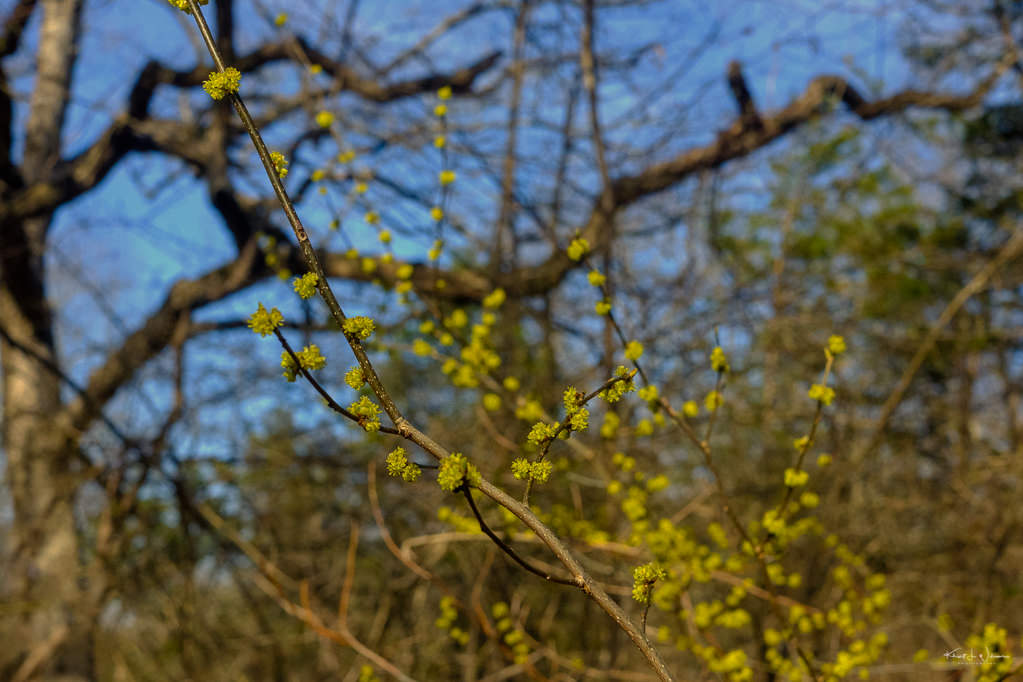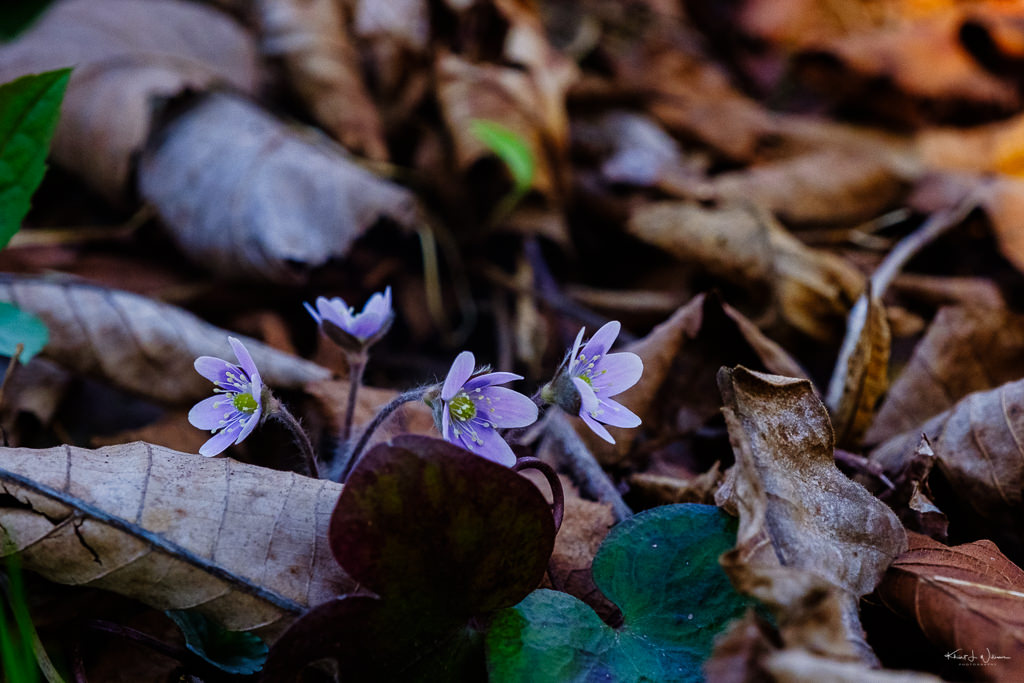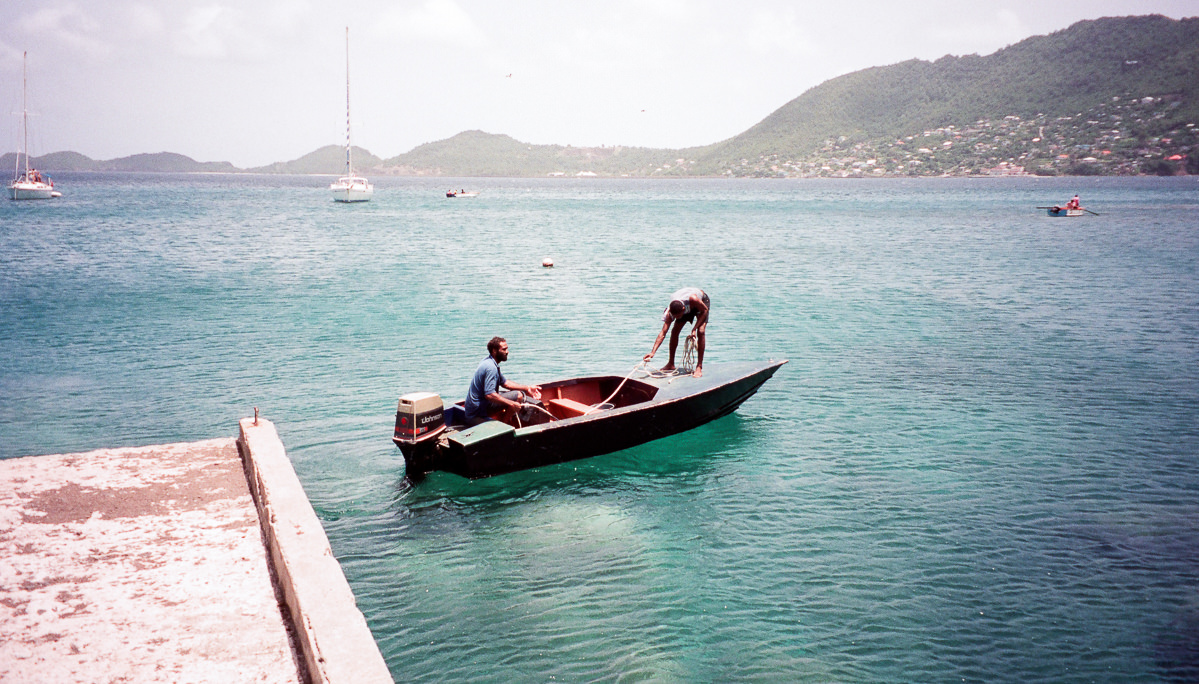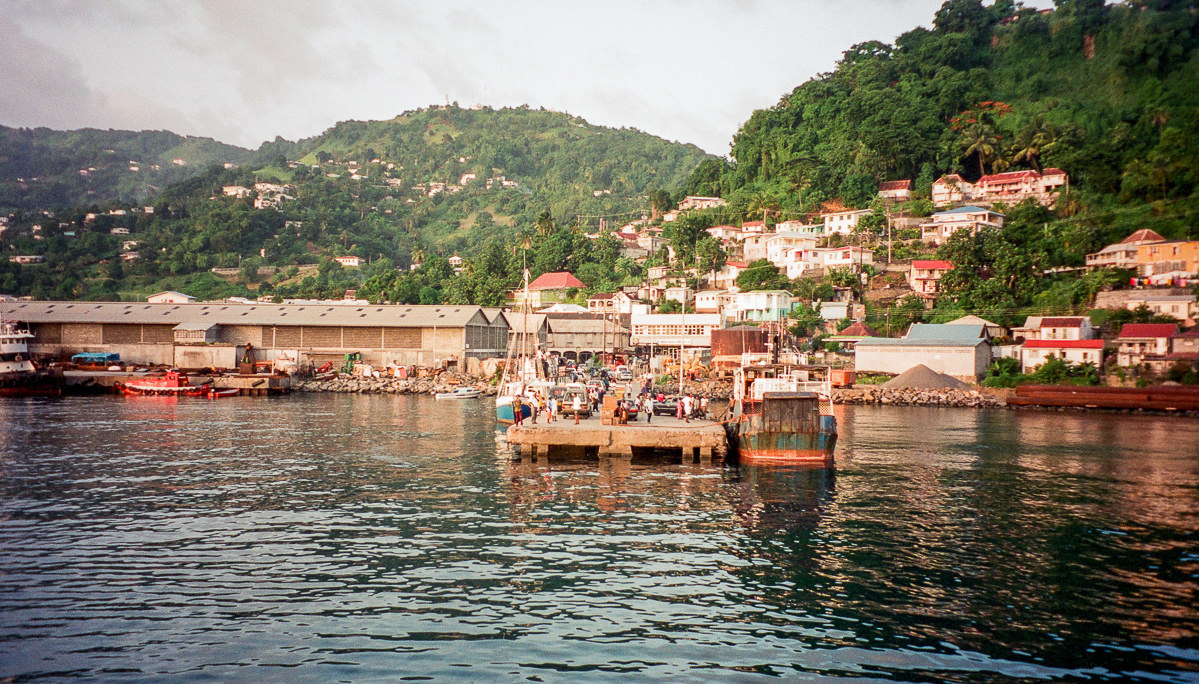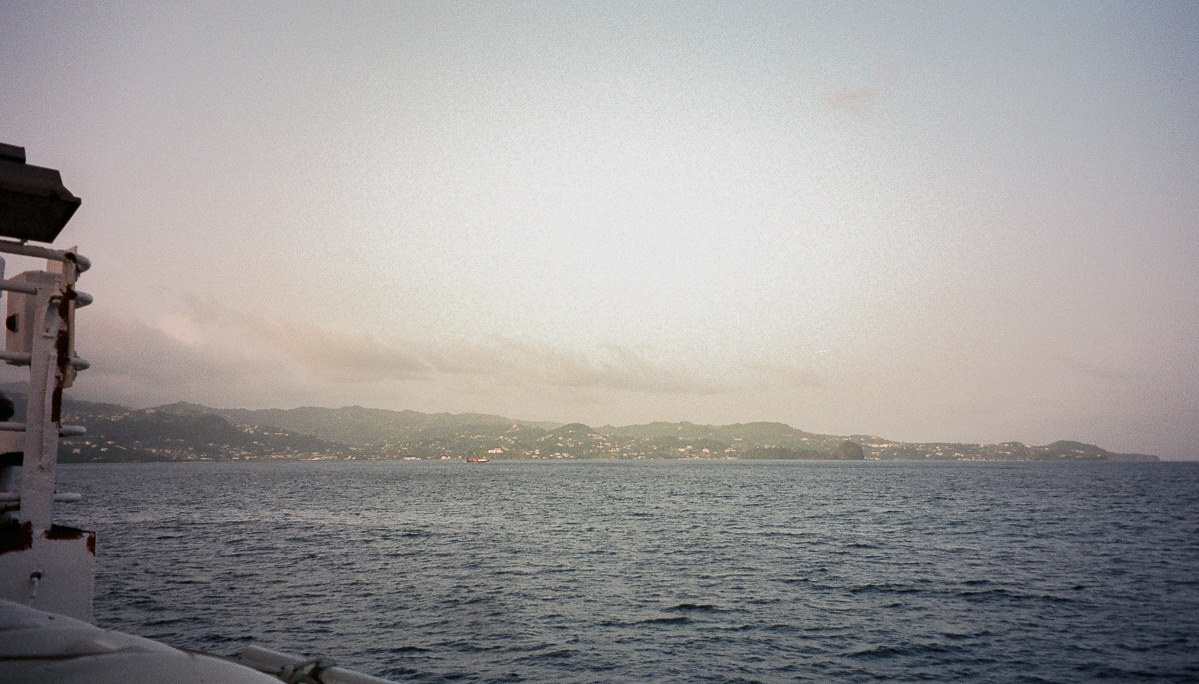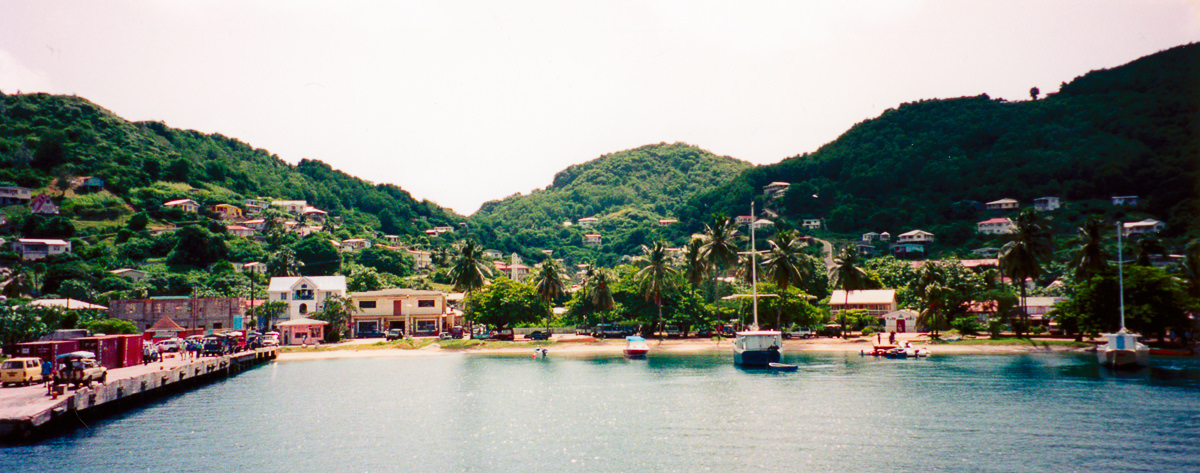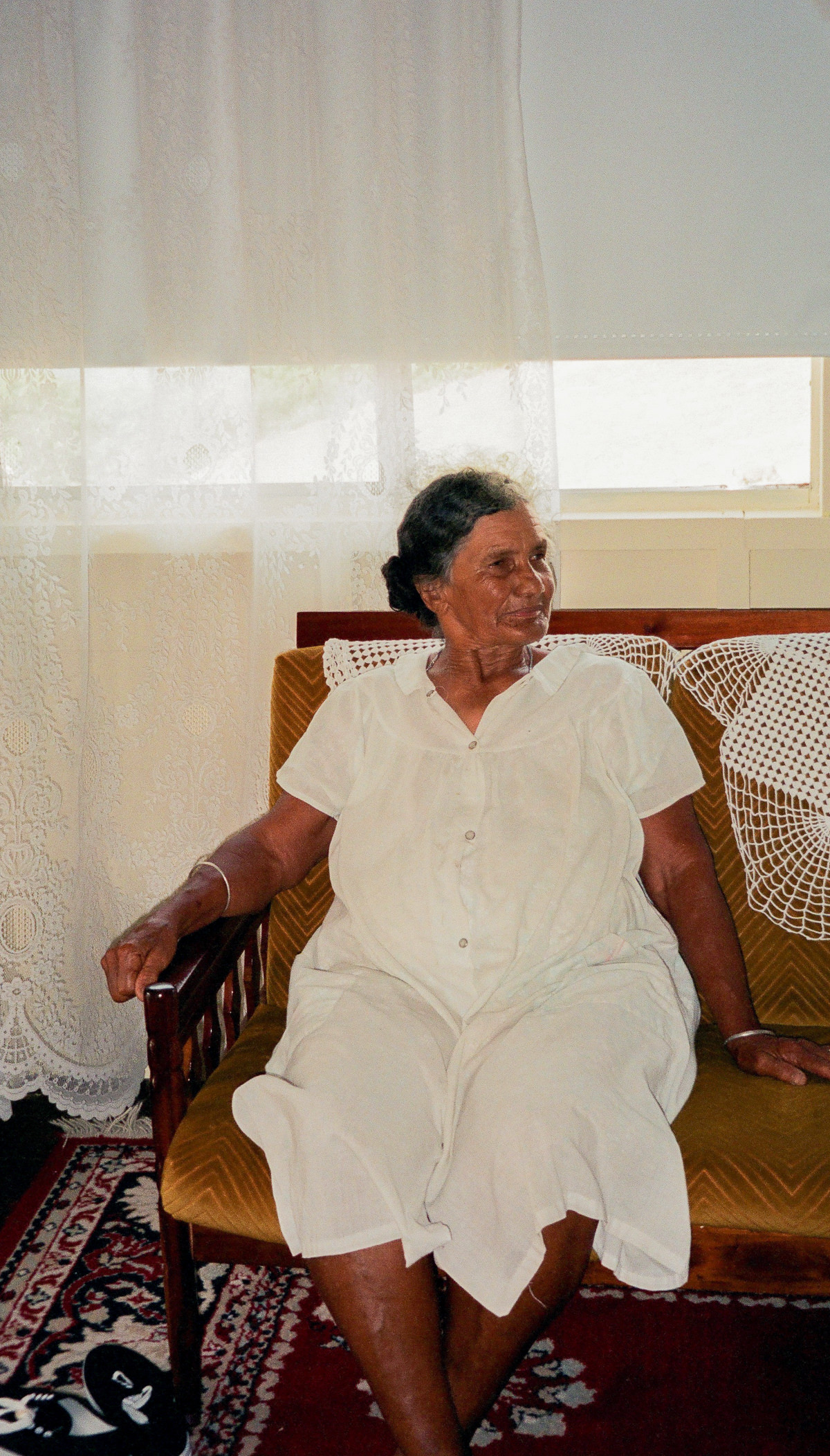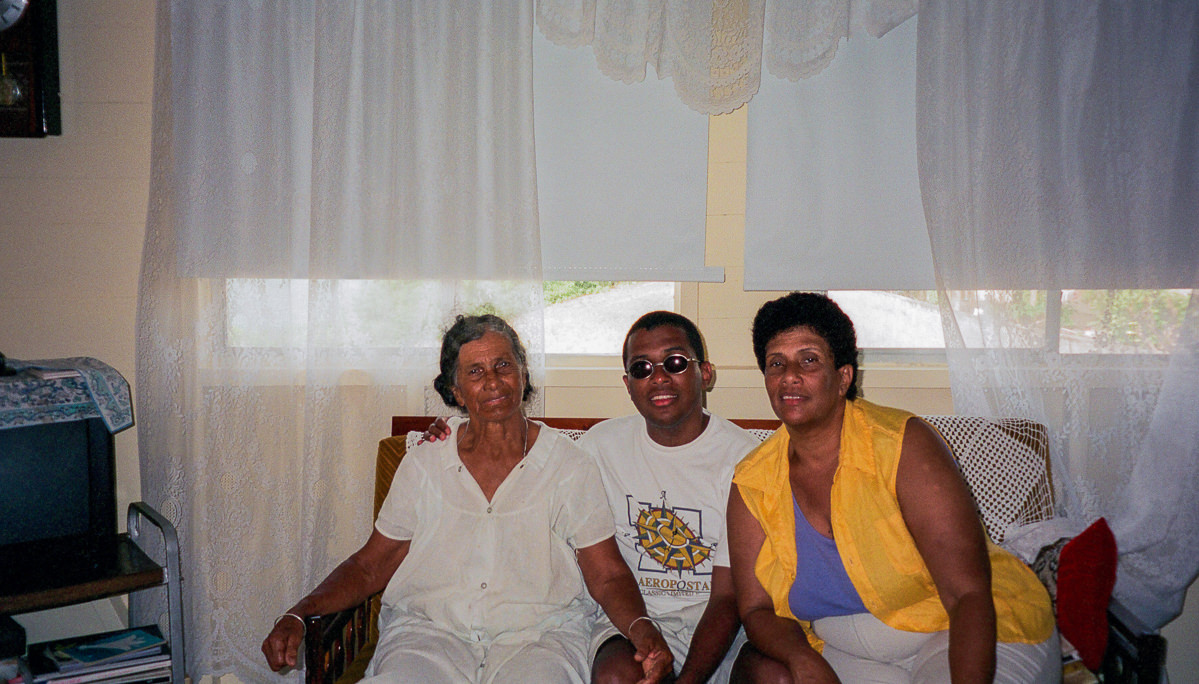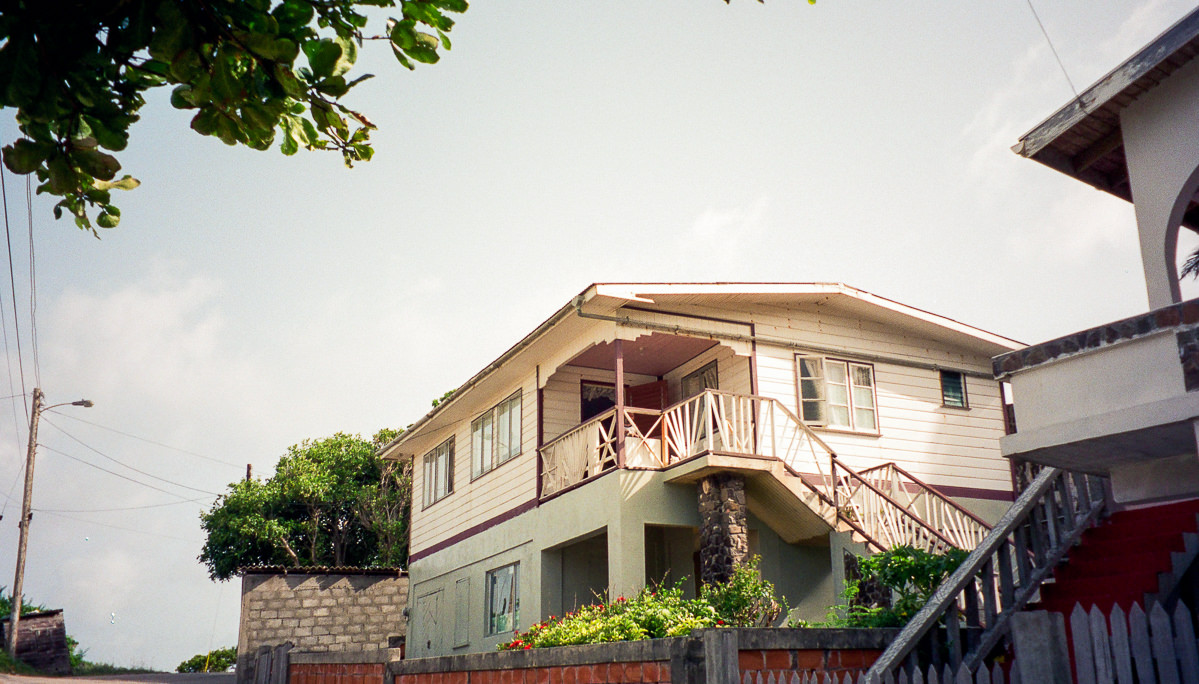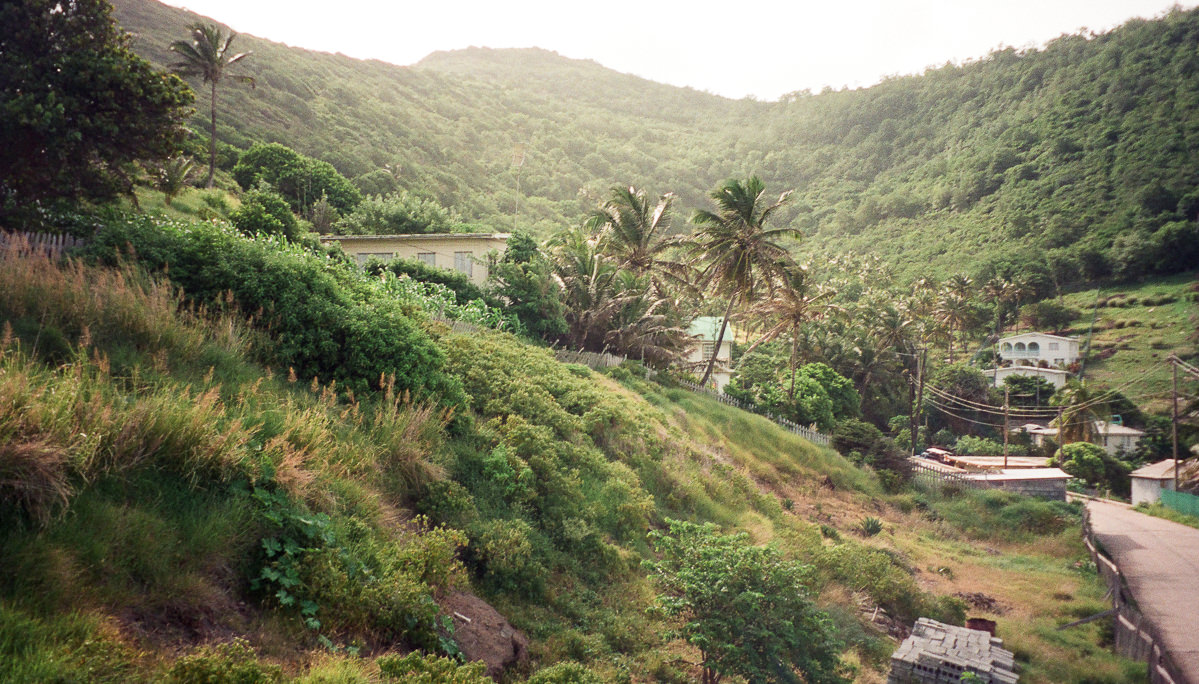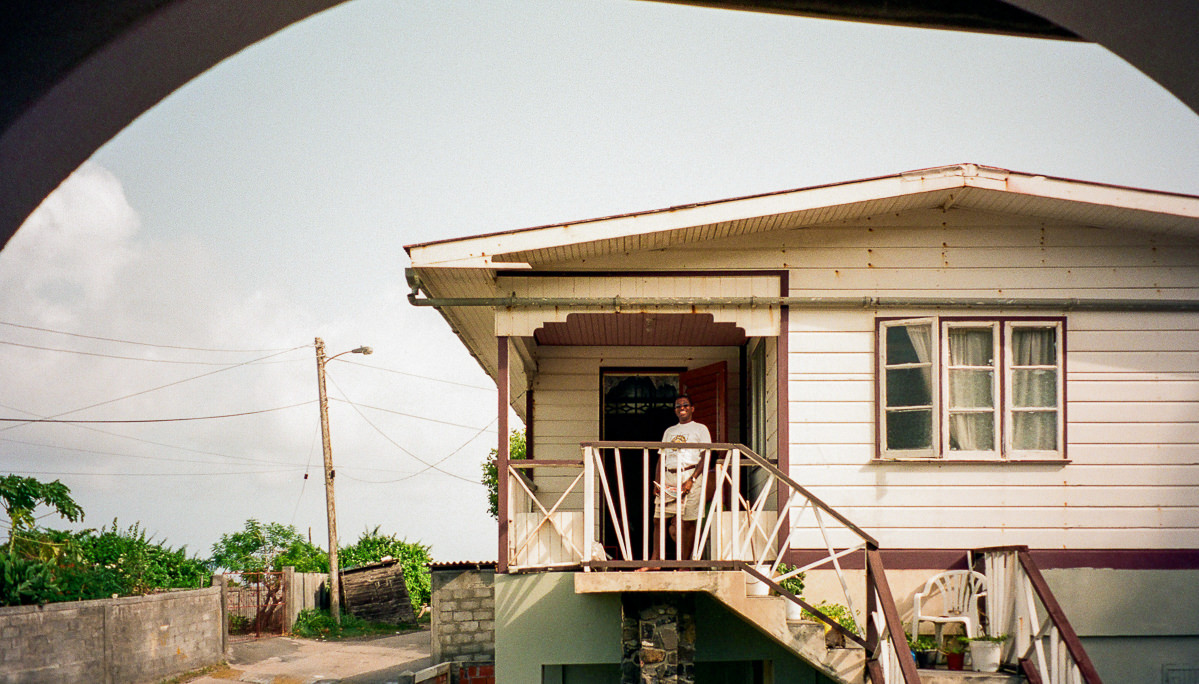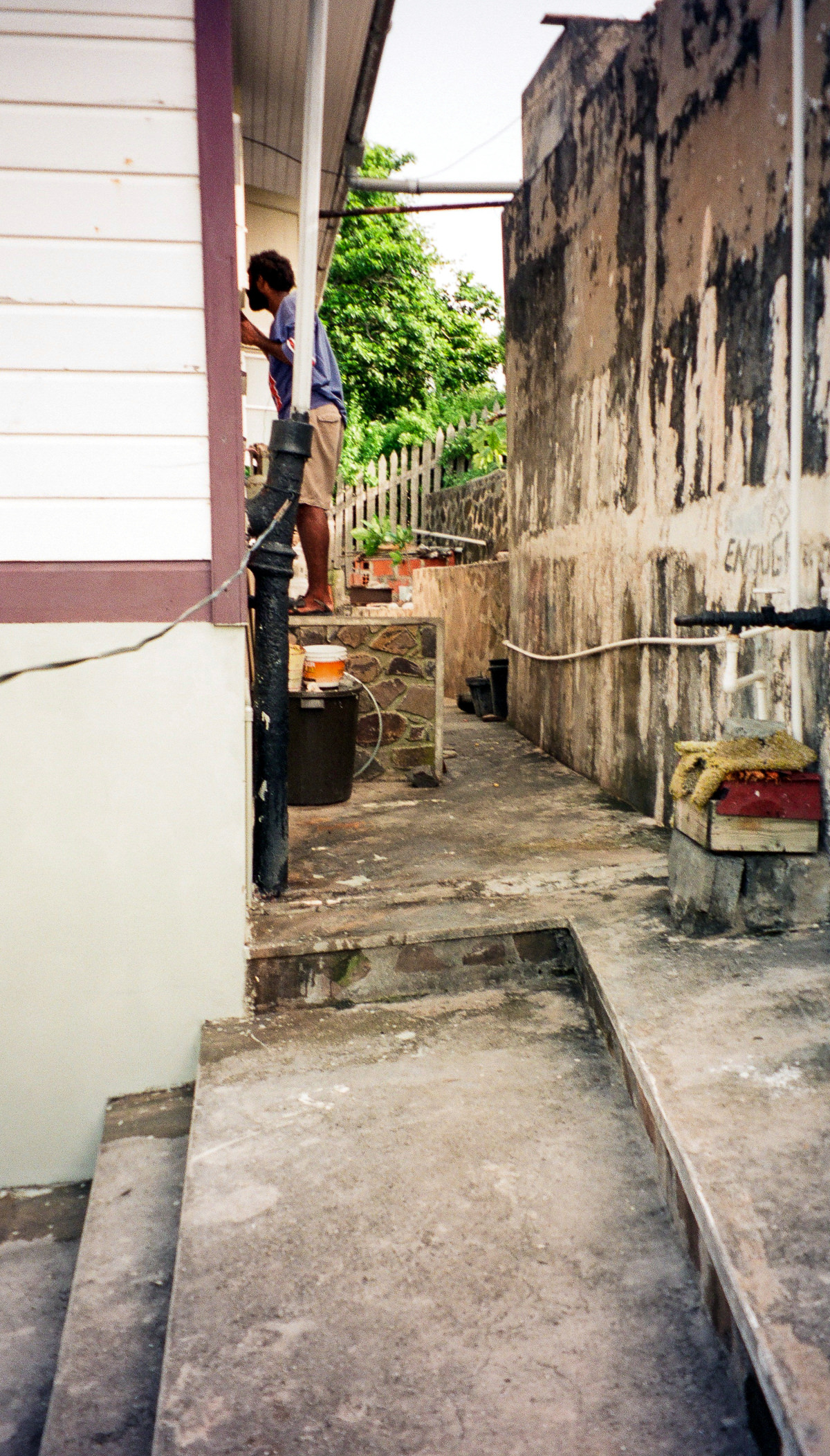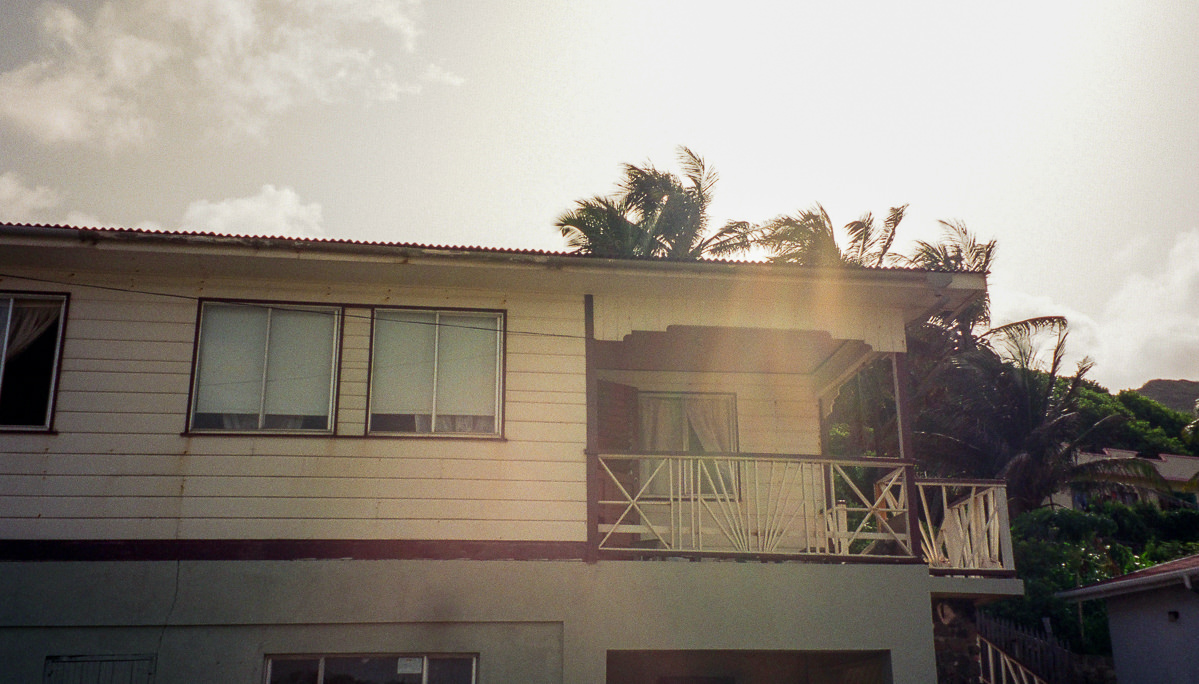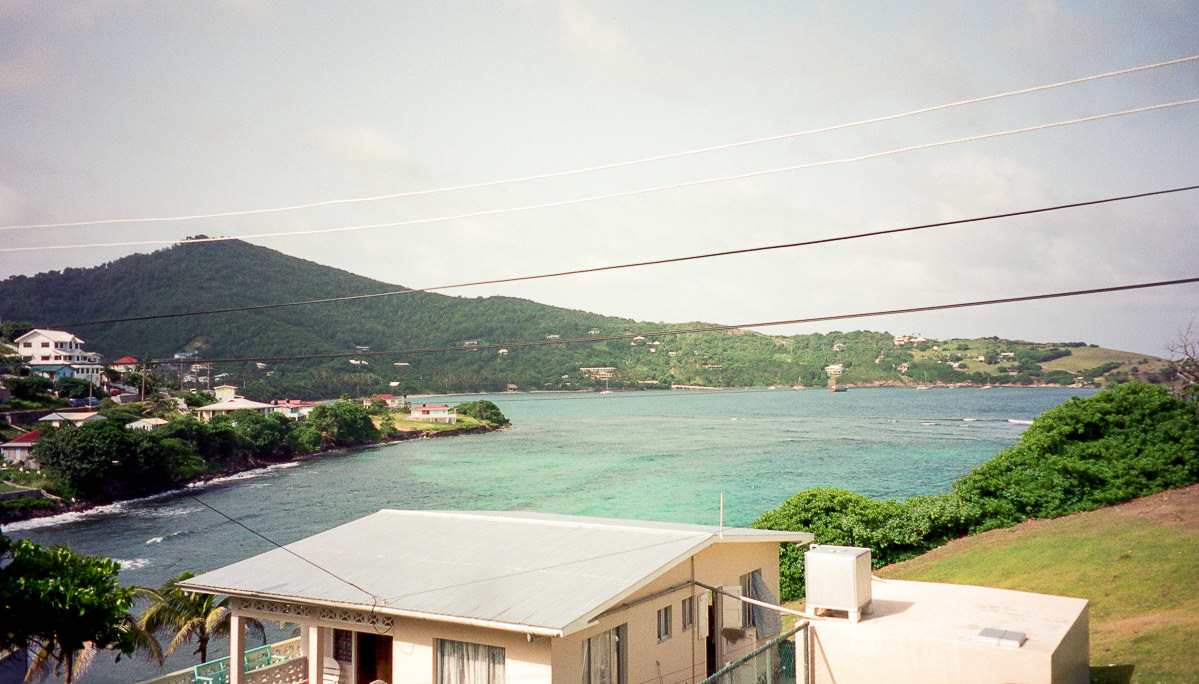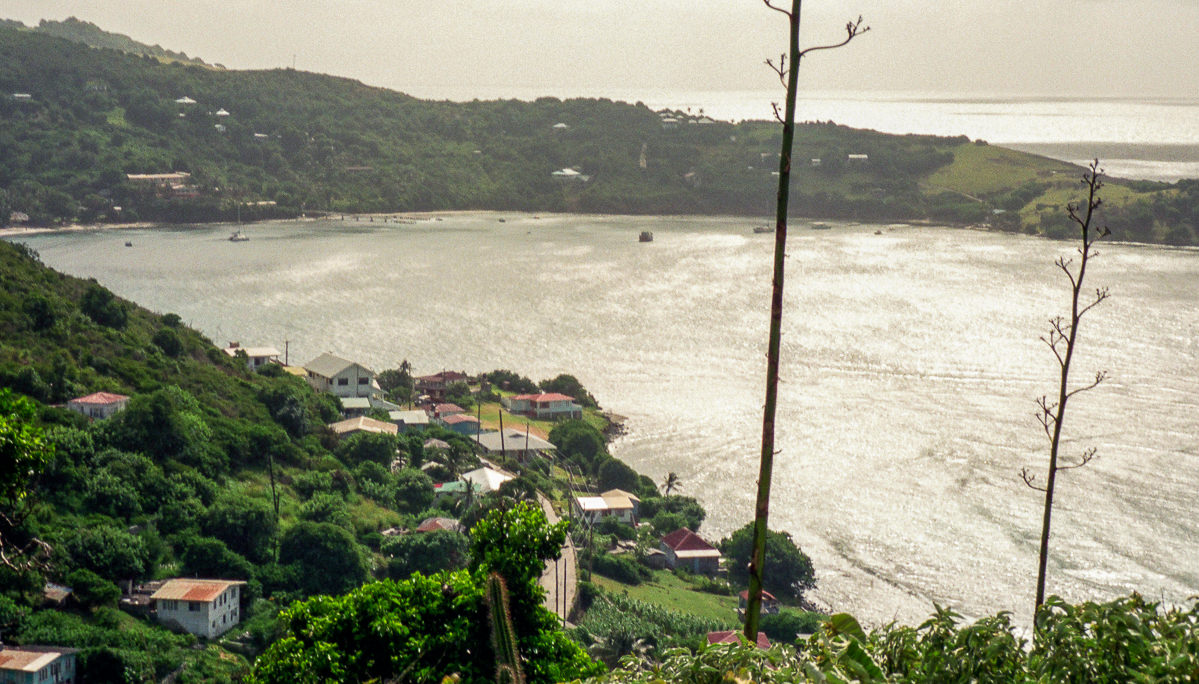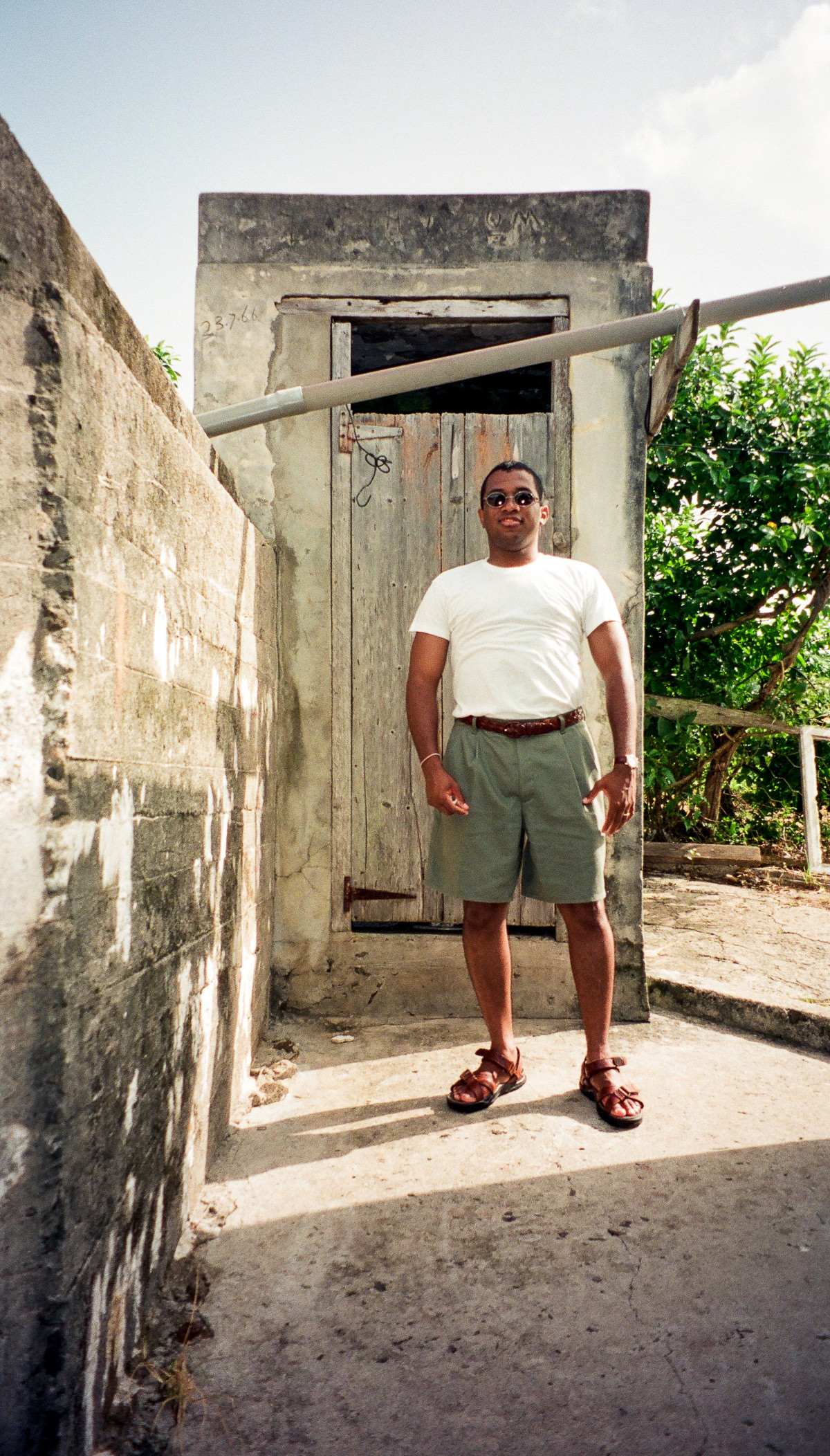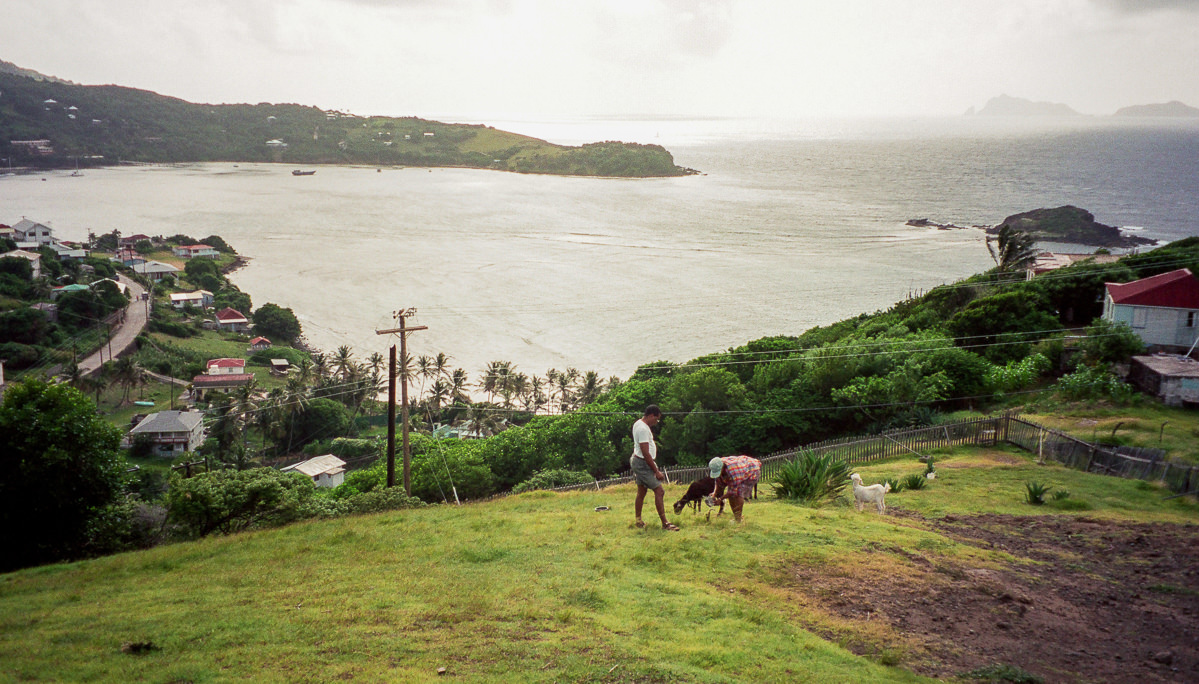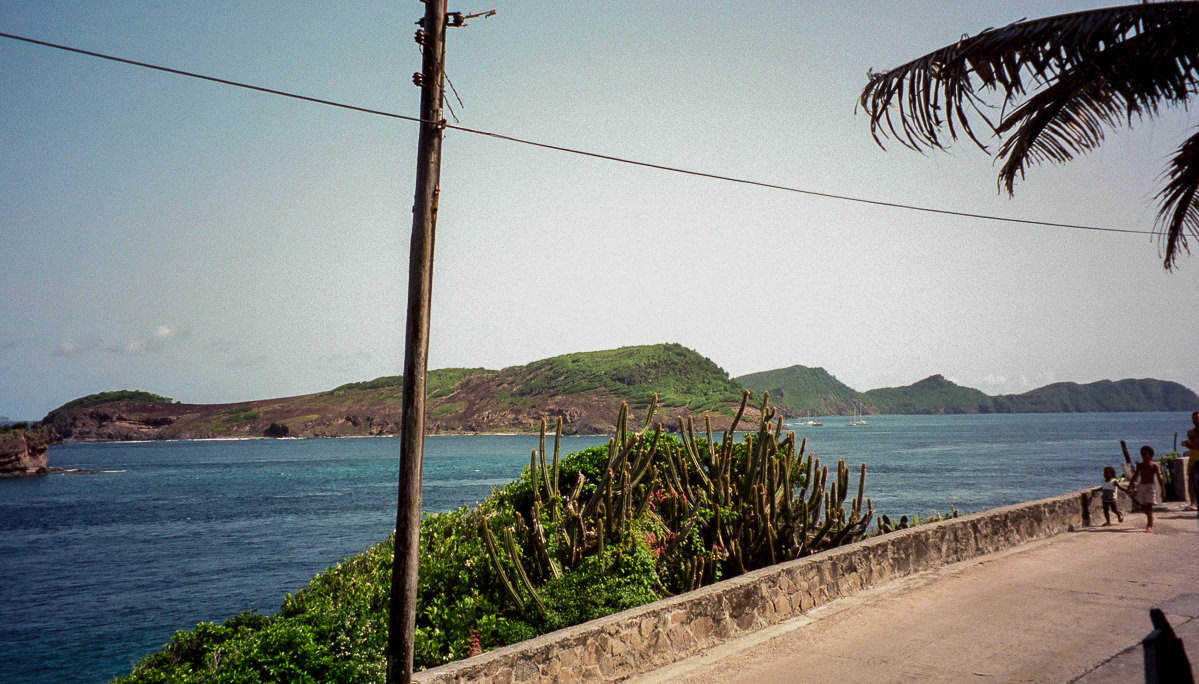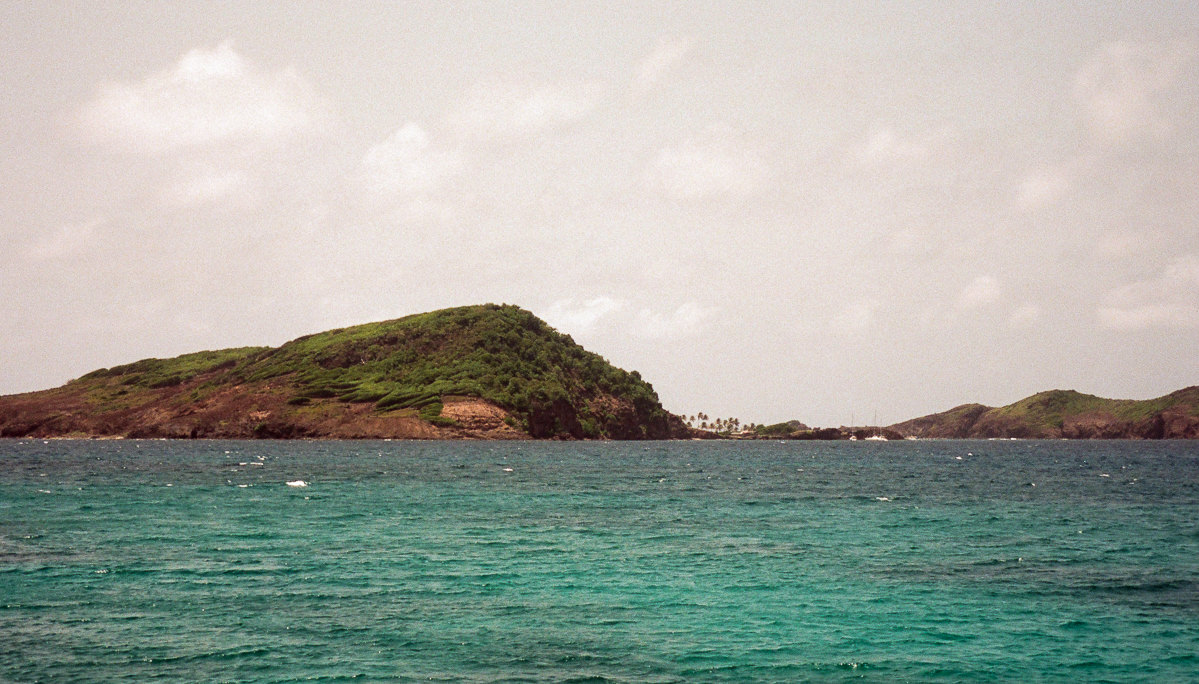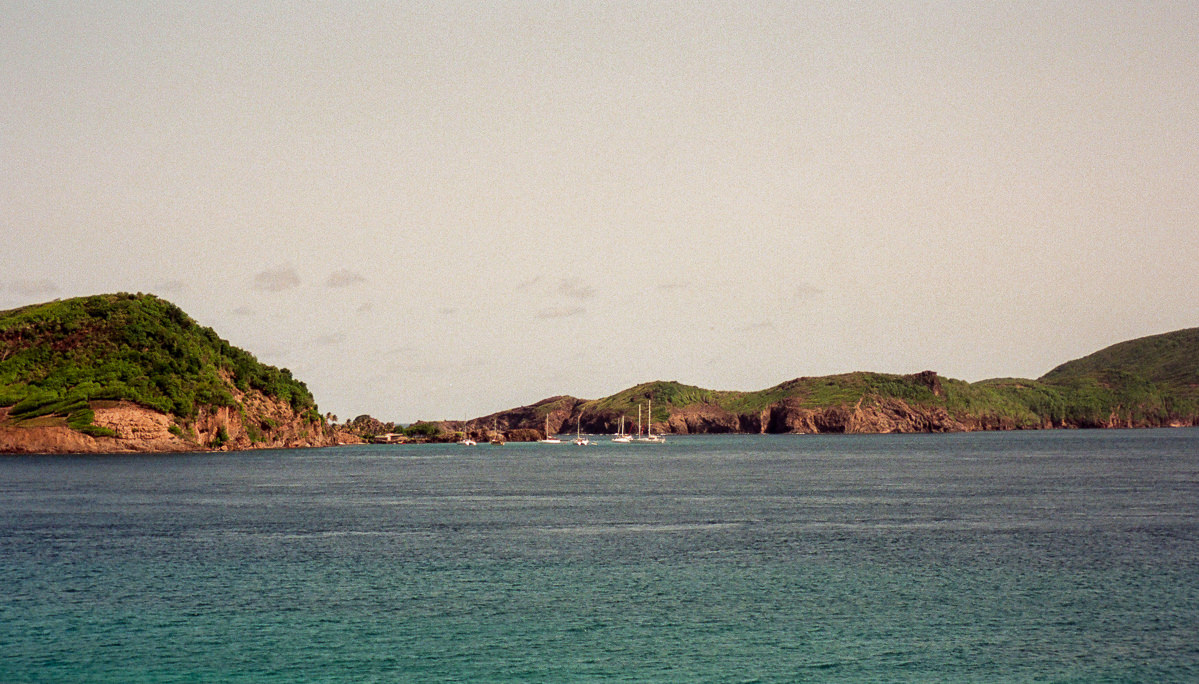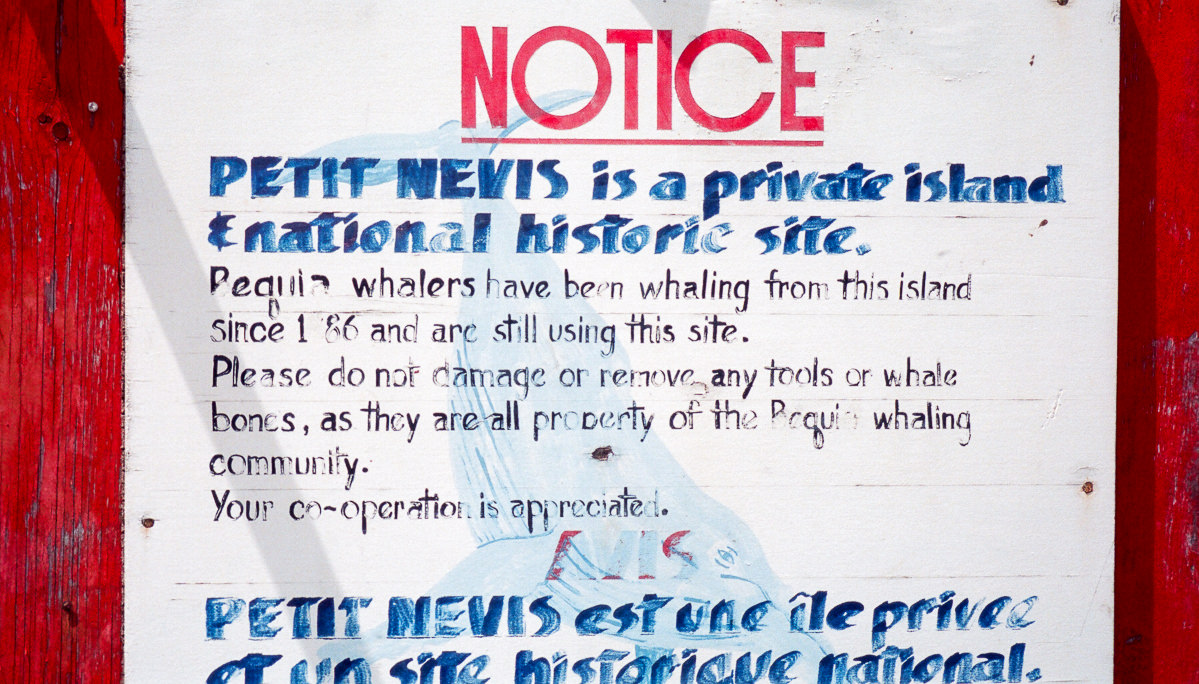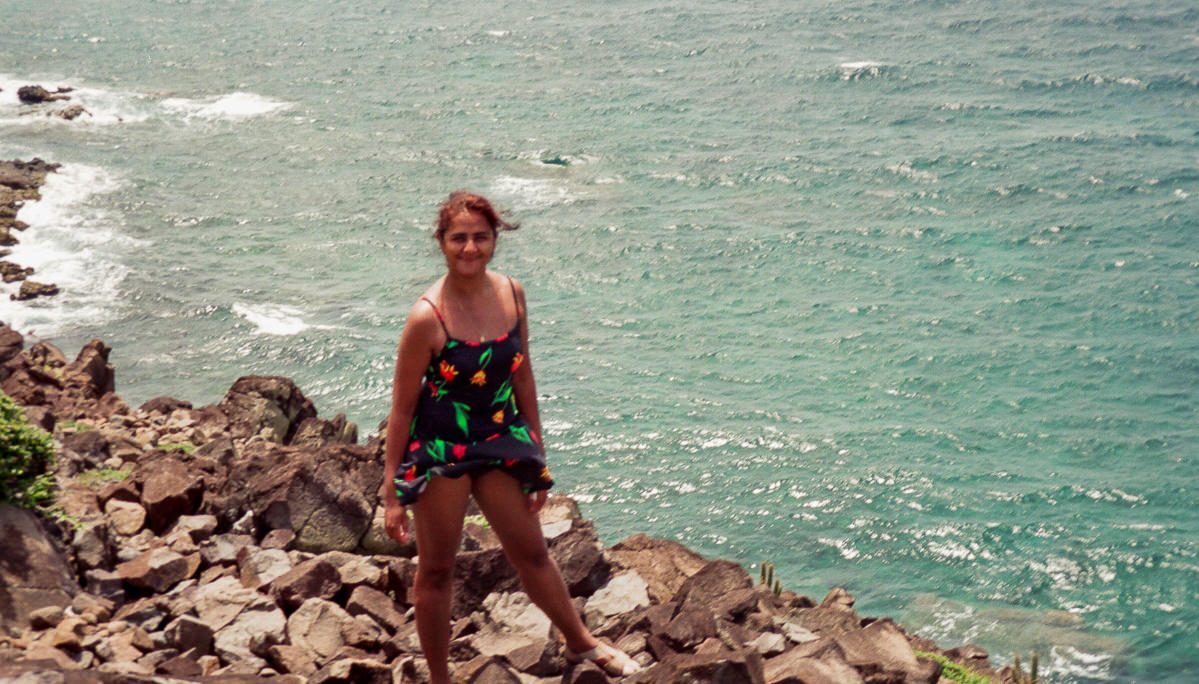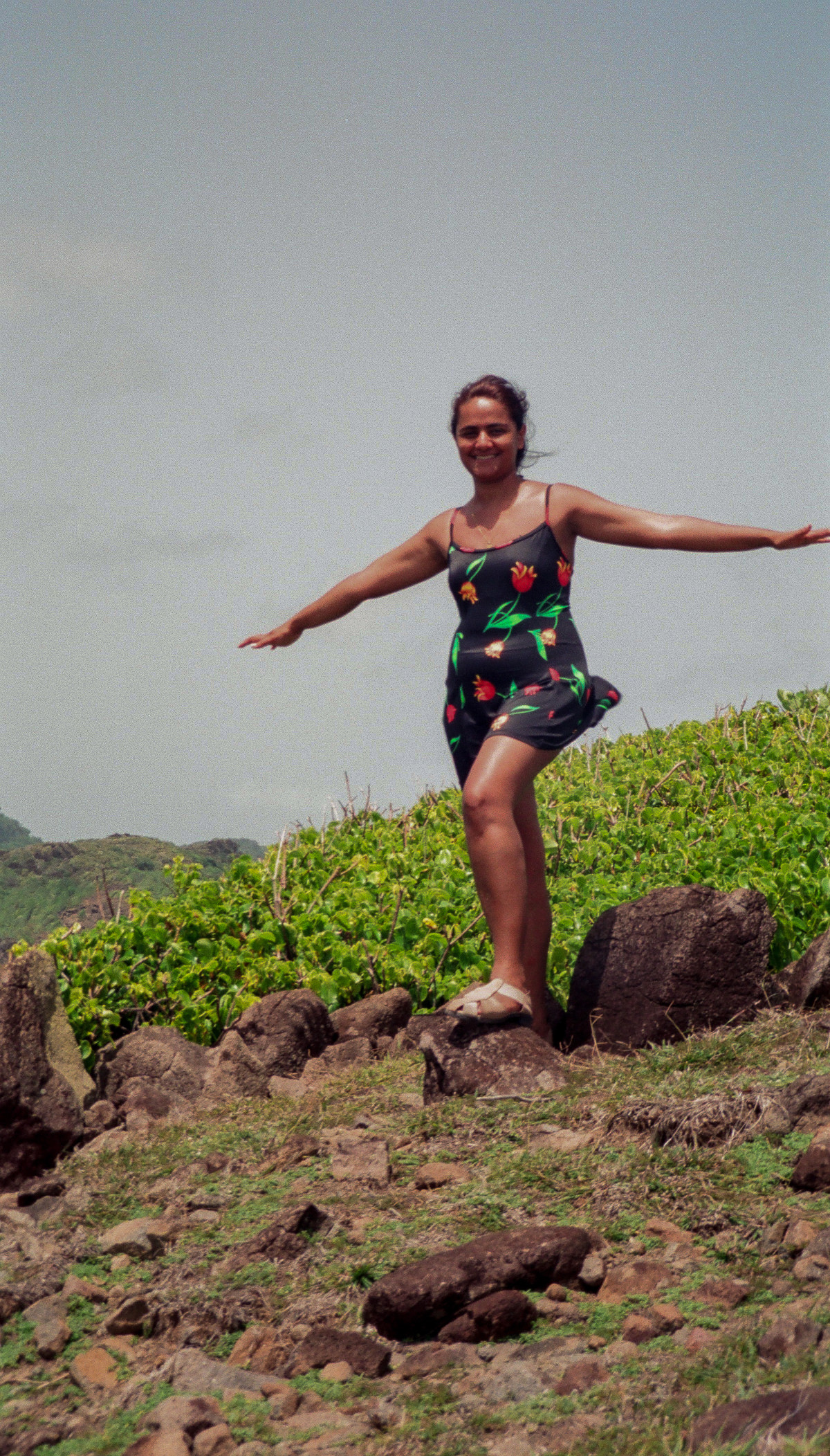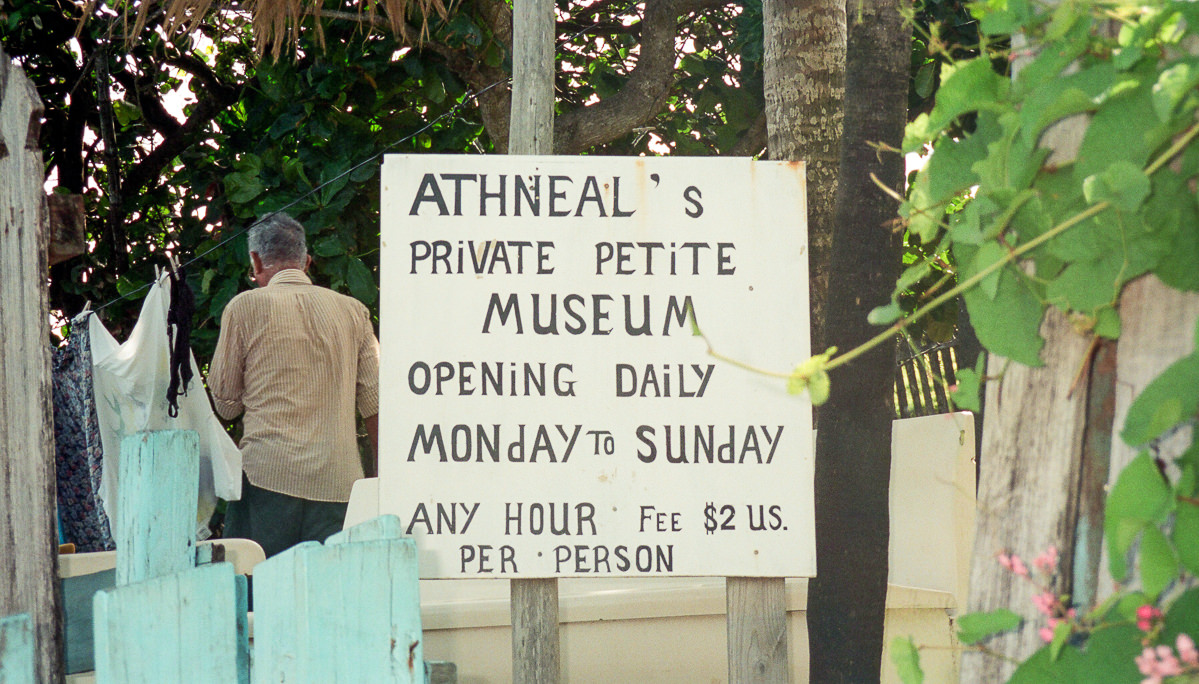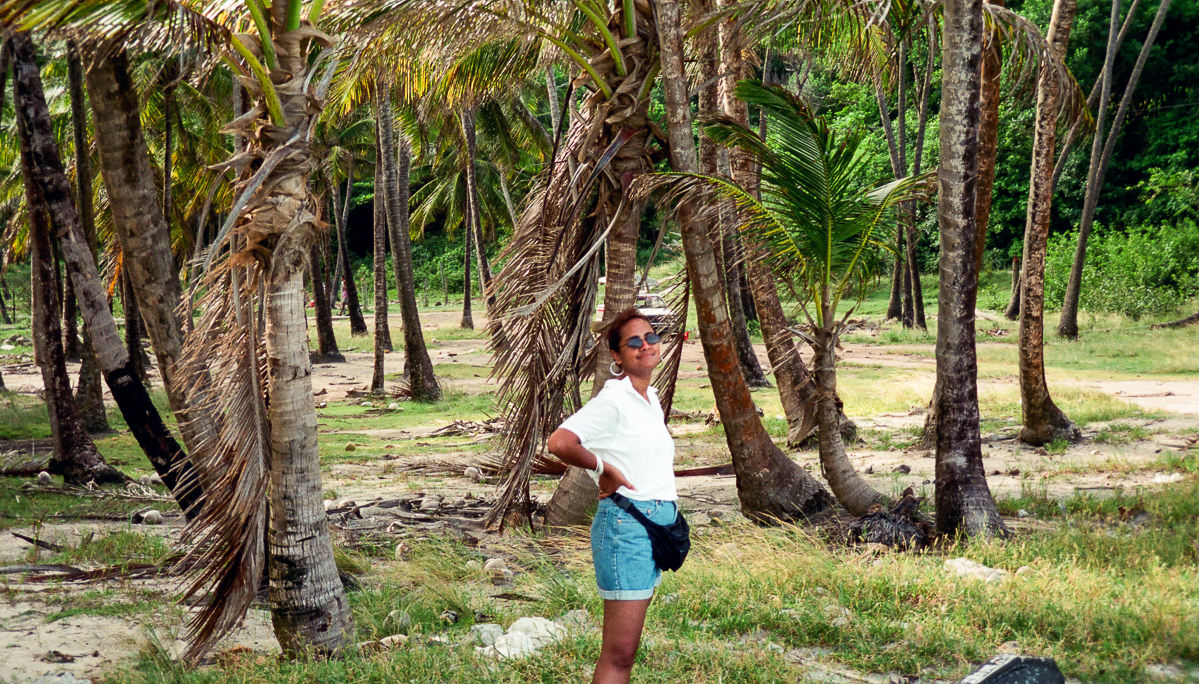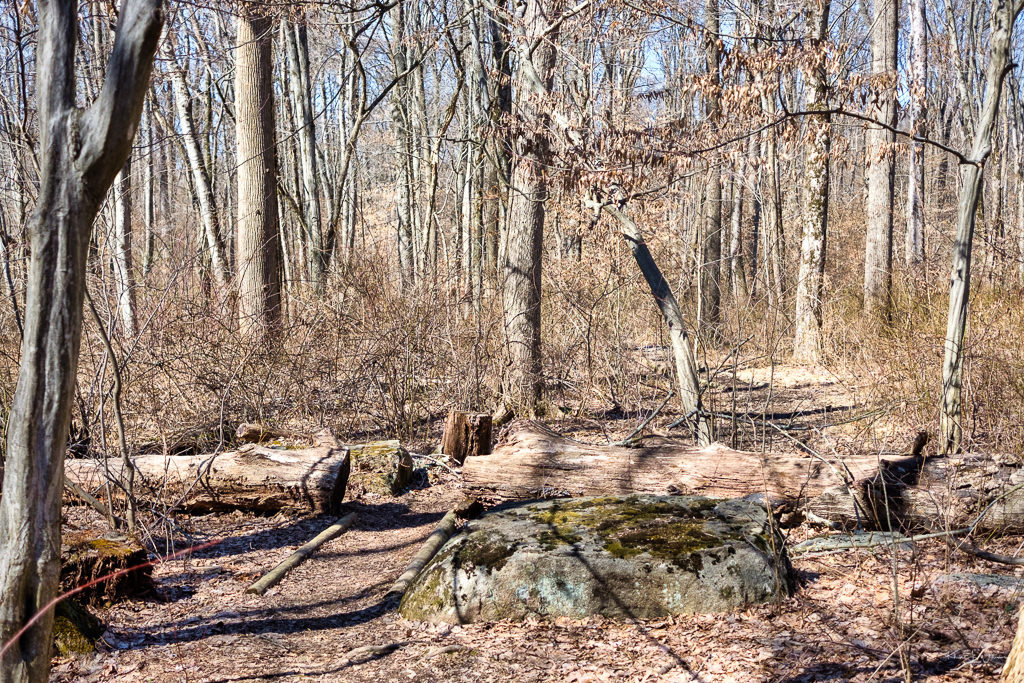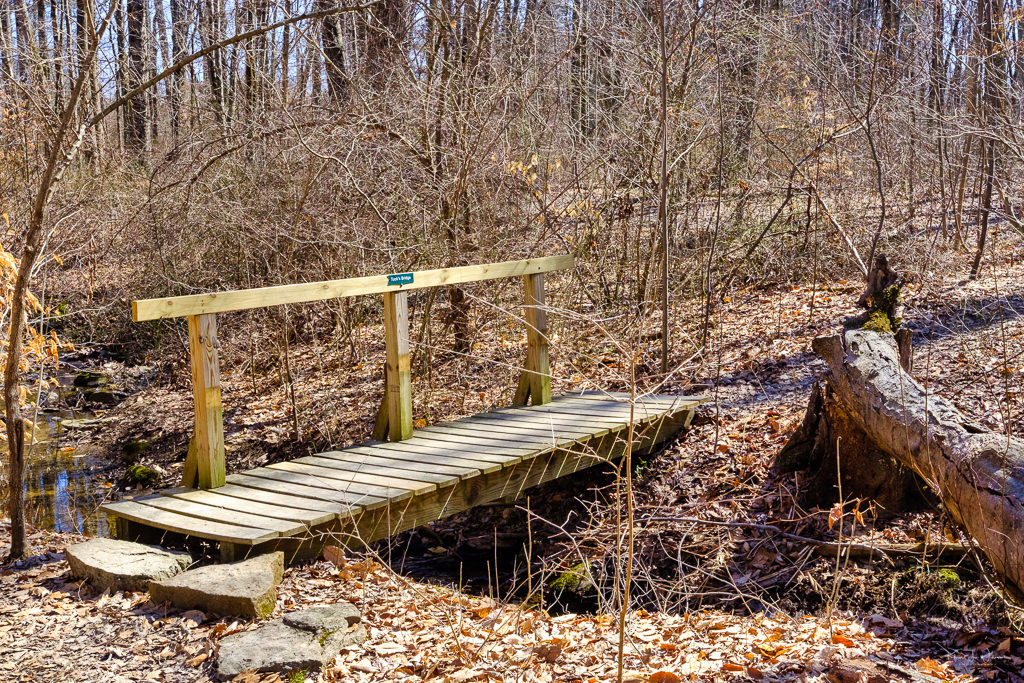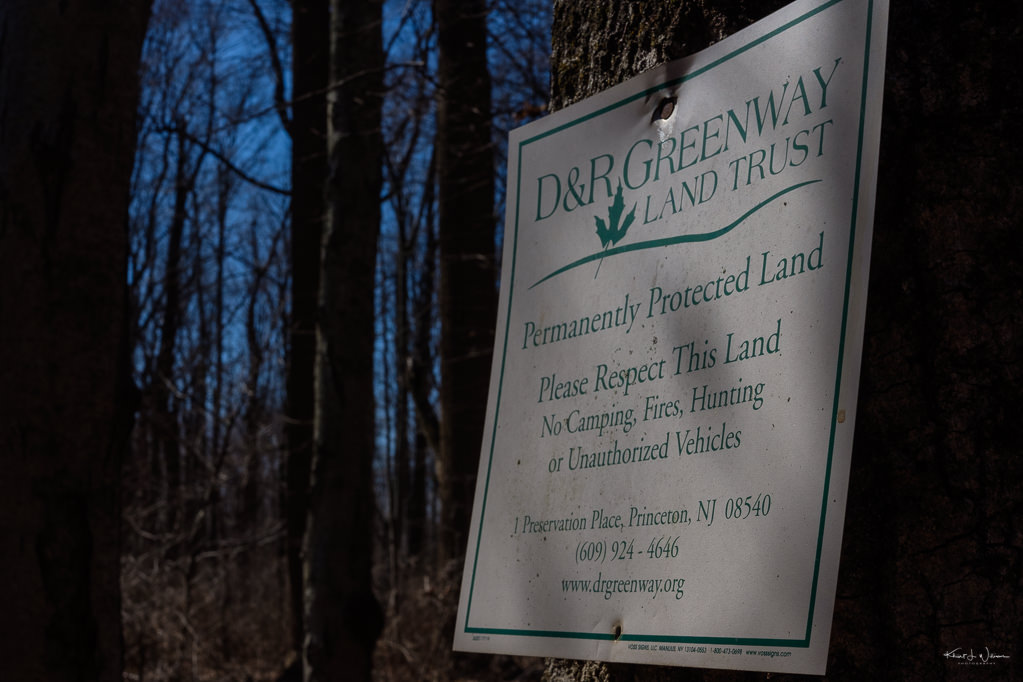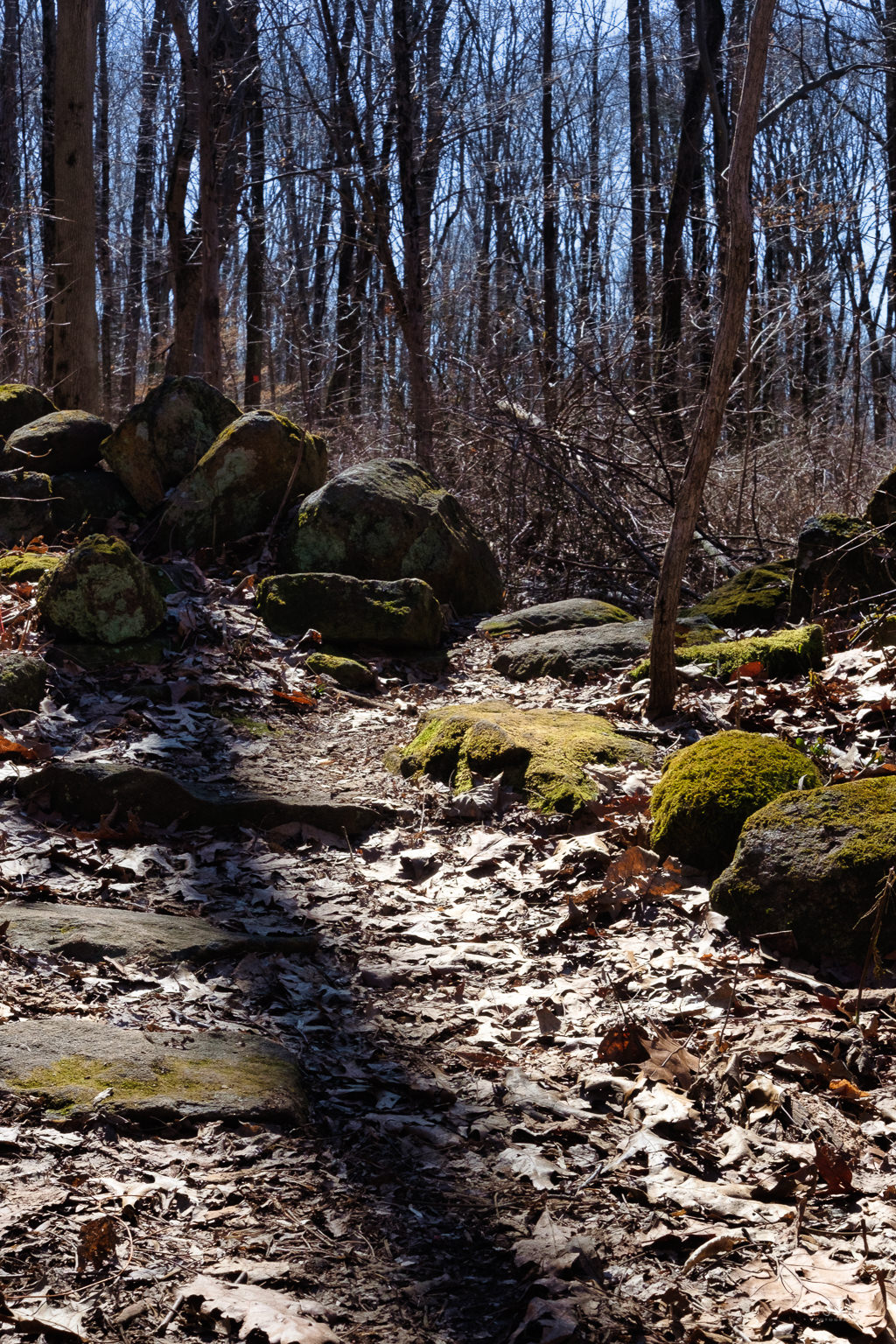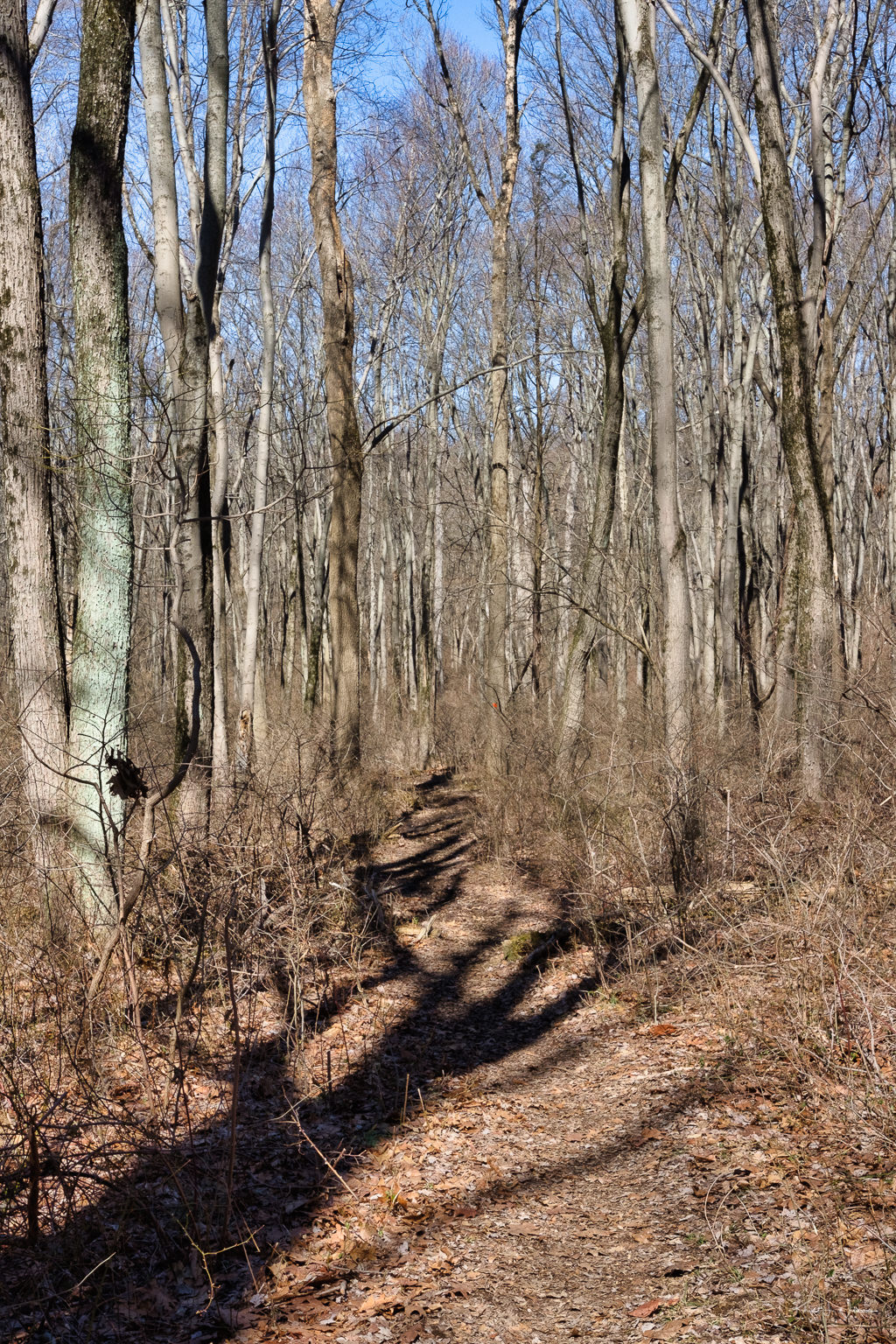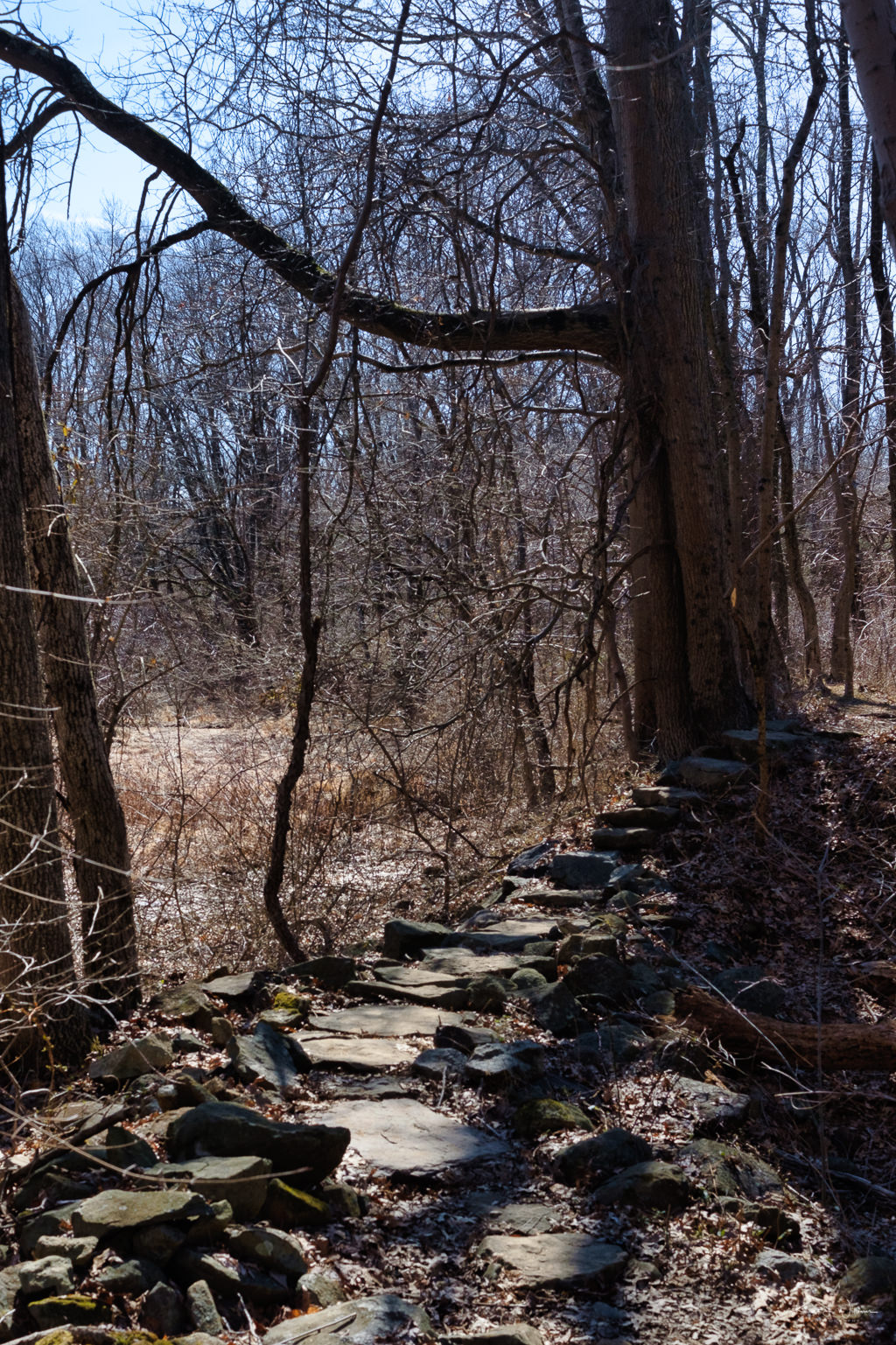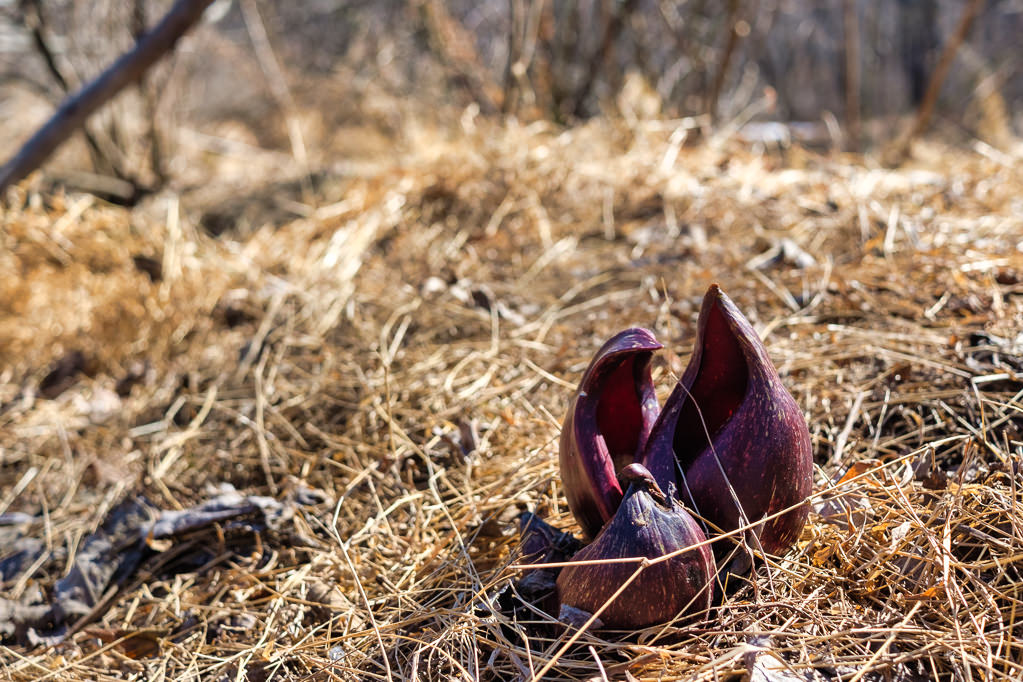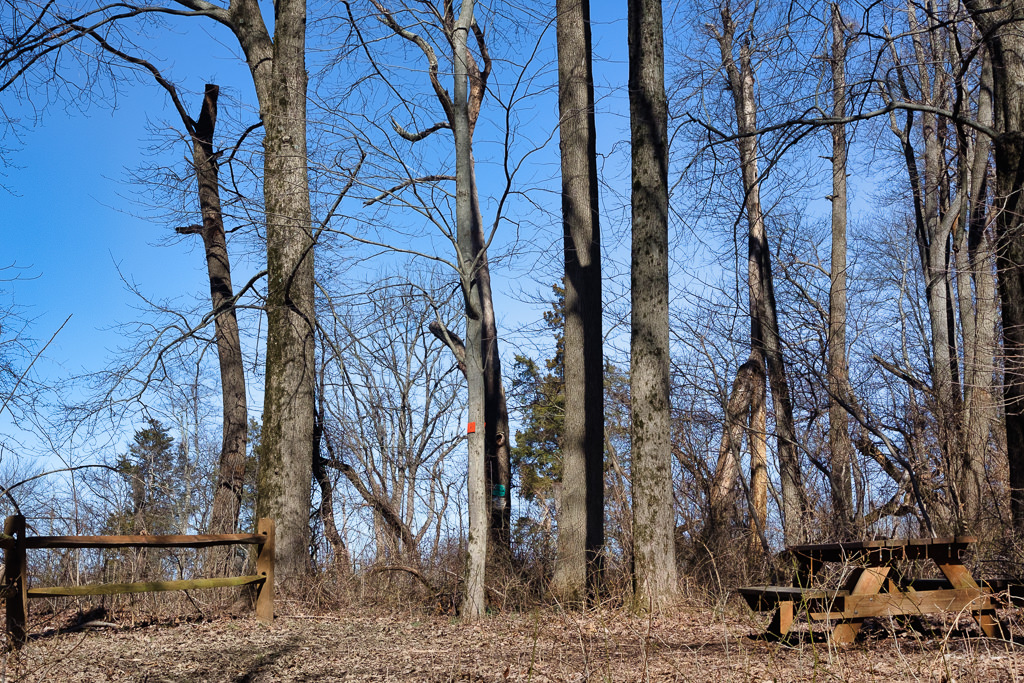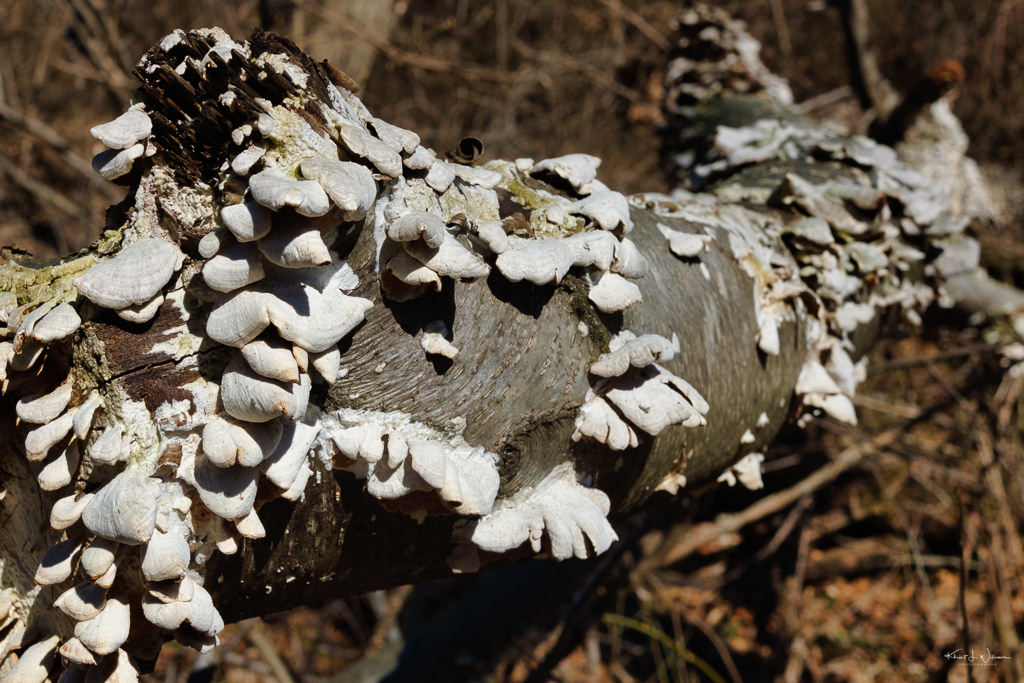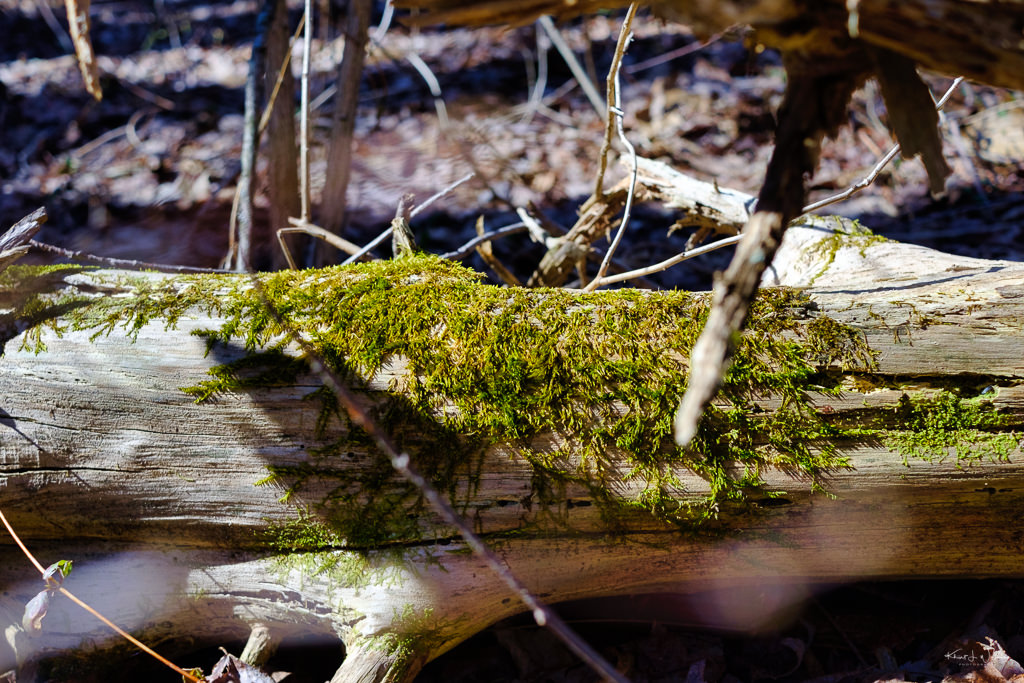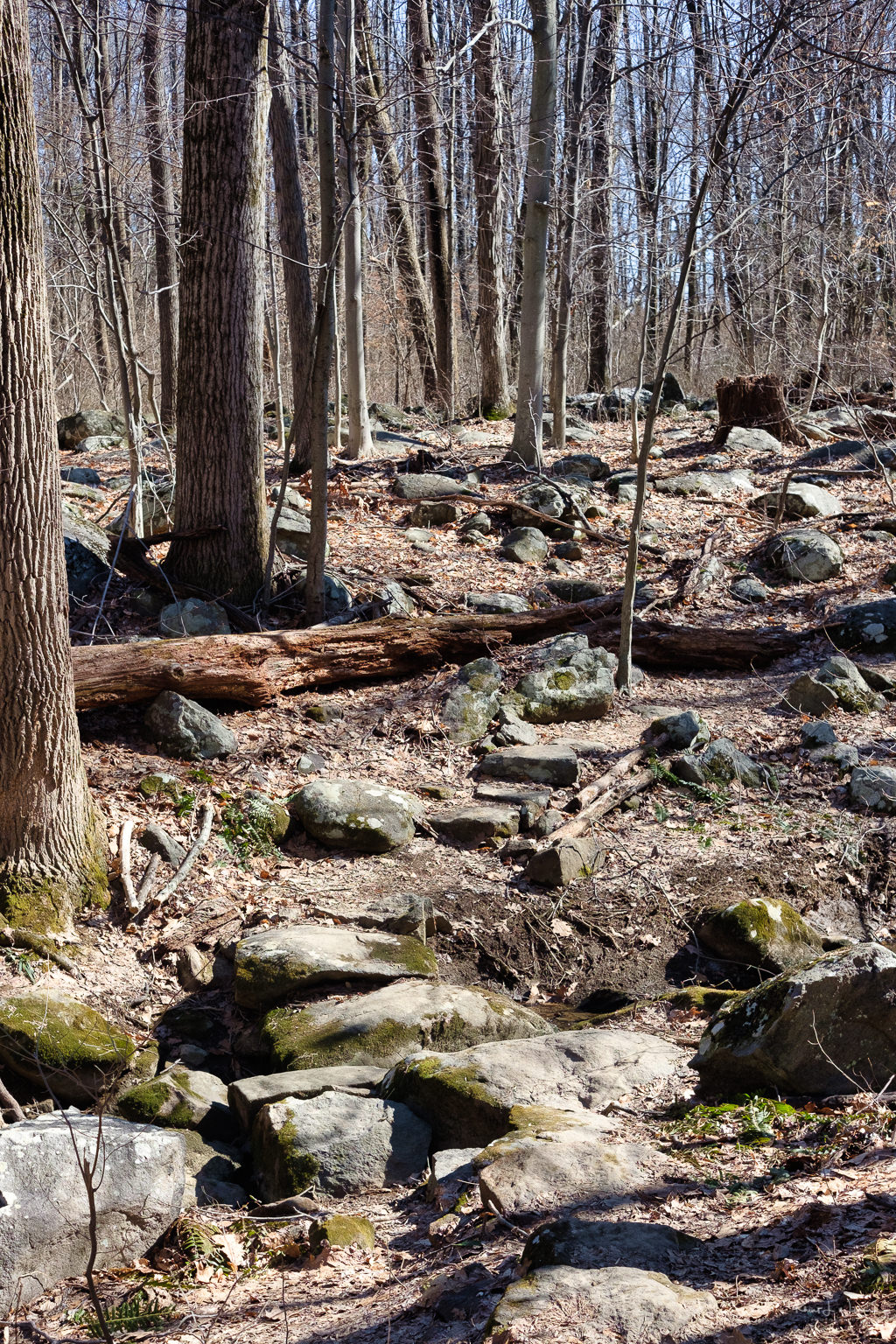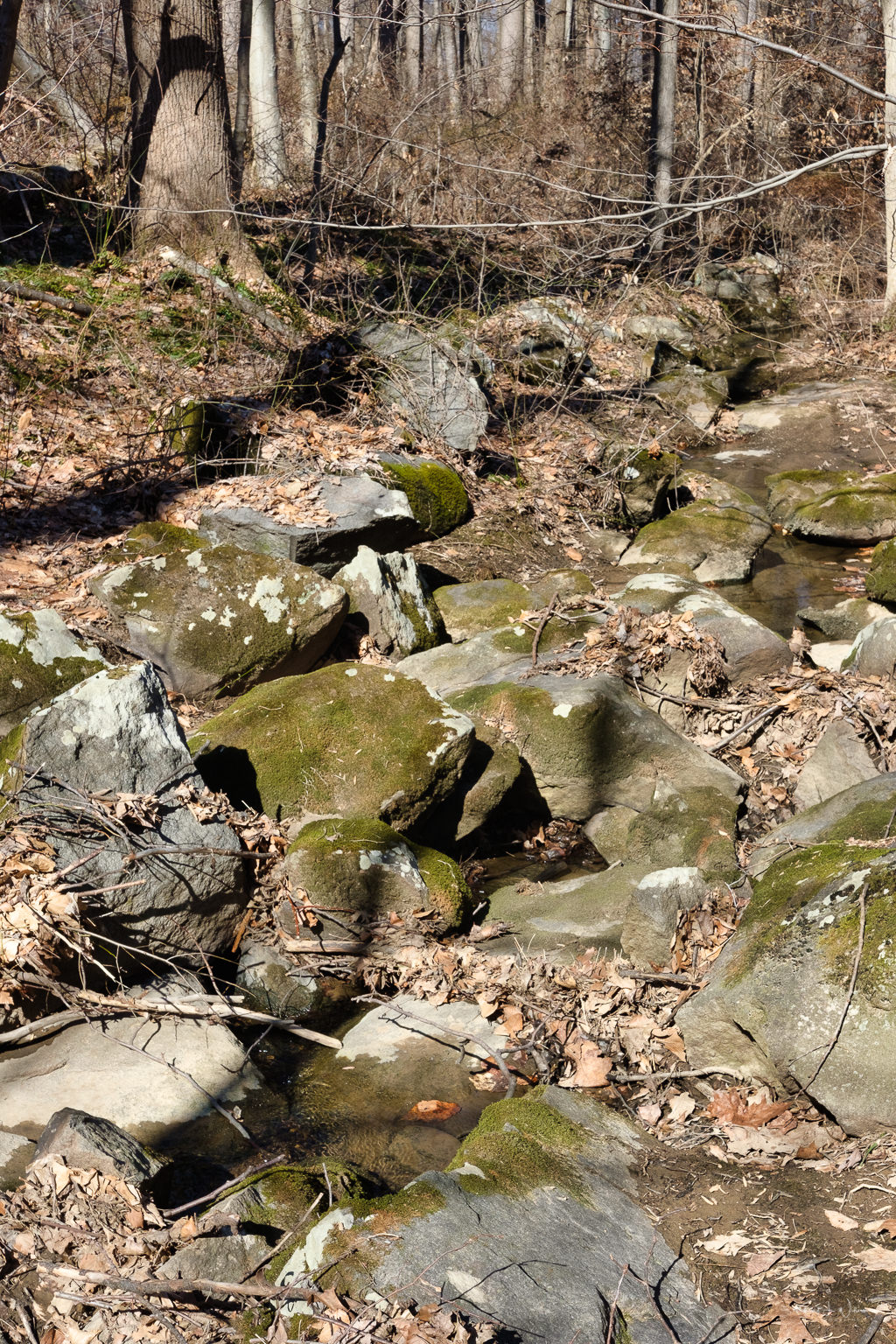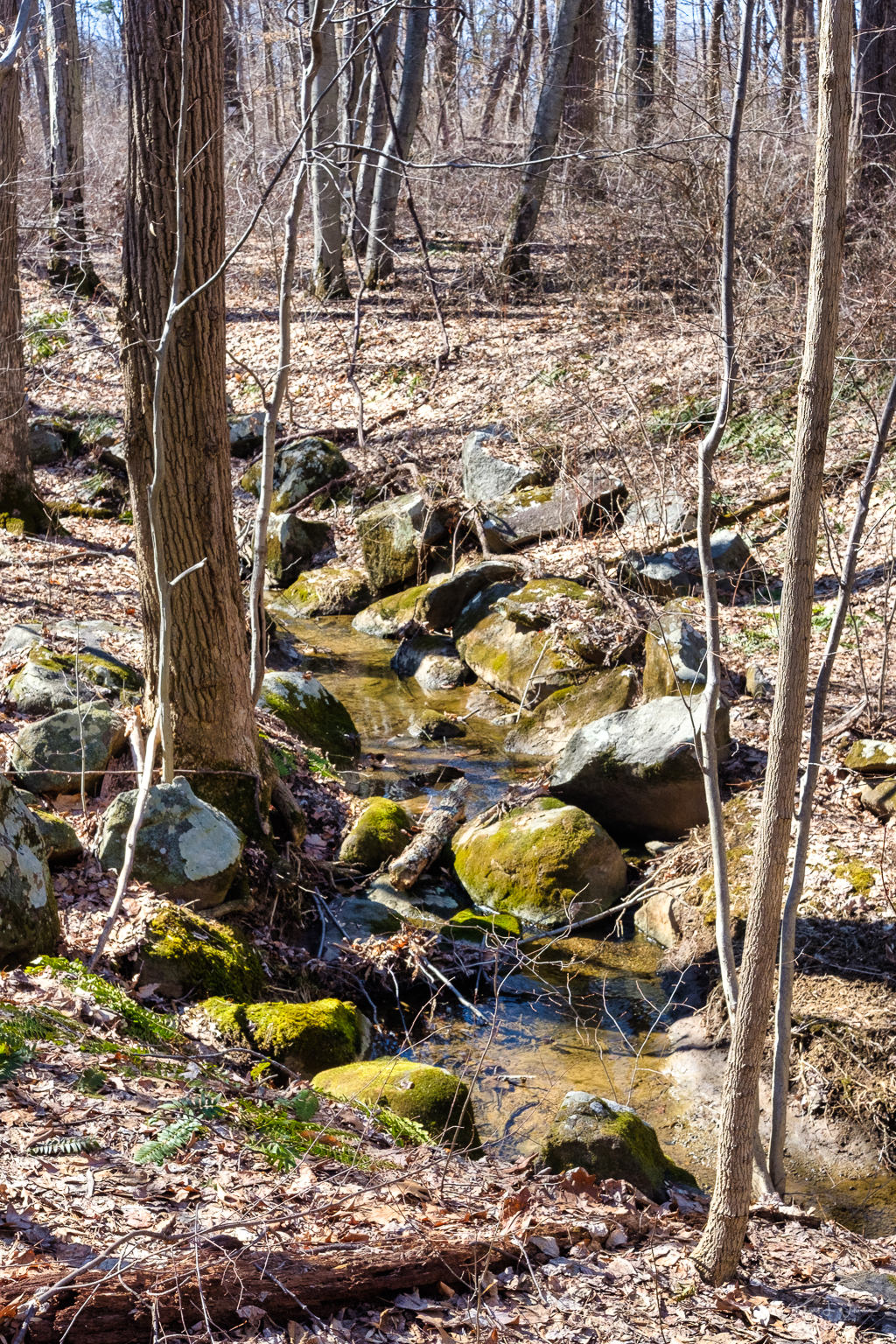Bhavna and went out for a late afternoon walk. While I knew that this would trigger my spring allergies, she could sense my anxiety. A recruiter had left a message earlier in the day that his client was ready to make an offer. I have been interviewing for this role since December of 2020. The role was originally a contract/consulting role. Still, the hiring manager at this New York City-based financial services firm thinks I would make a good addition to his team and offered, if I accepted, to make me a full-time employee. Bhavna could sense I was not excited. We walked and talked about why.
I observed some early spring treasure, American americana flowers, growing in a small patch along the Aunt Molly trail section of the St. Michael's Farm Preserve and then got back to thinking about life, the universe and everything.
UPDATE: I have learned that the classification of Hepatica has been in dispute. Previously, authorities identified these plants as a single species with two varieties, Hepatica nobilis var. acuta and Hepatica nobilis var obtusa. But according to the US Wildflowers database, these two plants are now species in the Anemone genus. Hepatica nobilis var. acuta is now Anemone acutiloba, and Hepatica nobilis var obtusa is now Anemone americana.

As more people are vaccinated, conversations have shifted from worrying about infection rates and mask-wearing to excitement about returning to “normal”. But what does that mean?
Does it mean a "normal" 2-4 hour daily commute inside metal boxes (cars, buses, trains)? Does it mean going back to leaving the house before sunrise and getting back home after sunset? Do I really want to give up the 4 extra hours I learned to enjoy under lockdown to non-productive “travelling”? Why do we want to return to this 1950s era idea of “normal”?
I have not read the book, but my youngest shared the following quote from "The Little Book of Lykke: Secrets of the World's Happiest People" by Meik Wiking.
I propose a new mandatory course for all university students. Every student in the class is squeezed into the smallest closet possible, and they have to stand there for forty-five minutes without making eye contact with anyone. If you make eye contact, you fail. Then they are asked to move into an even smaller closet—in which they won’t all fit. If you don’t make it into the second wardrobe, you fail the course. I call it “Commuting 101.” "The Little Book of Lykke: Secrets of the World's Happiest People (The Happiness Institute Series)"
That shouldn’t be the goal. I want to work remotely as much as possible, avoid the daily stress of a long commute, and use my precious time for other more important things.
I want a workday that allows me time to enjoy the peacefulness of the early morning. I want to sit outside1 with a hot cup of coffee and listen to a bird song. I want a workday that allows me to take a break to have lunch with my friends2 at a local restaurant. I want a workday that allows me to end my day to have time for dinner with my family or perhaps have a pint or two with my friends at the nearby tavern.
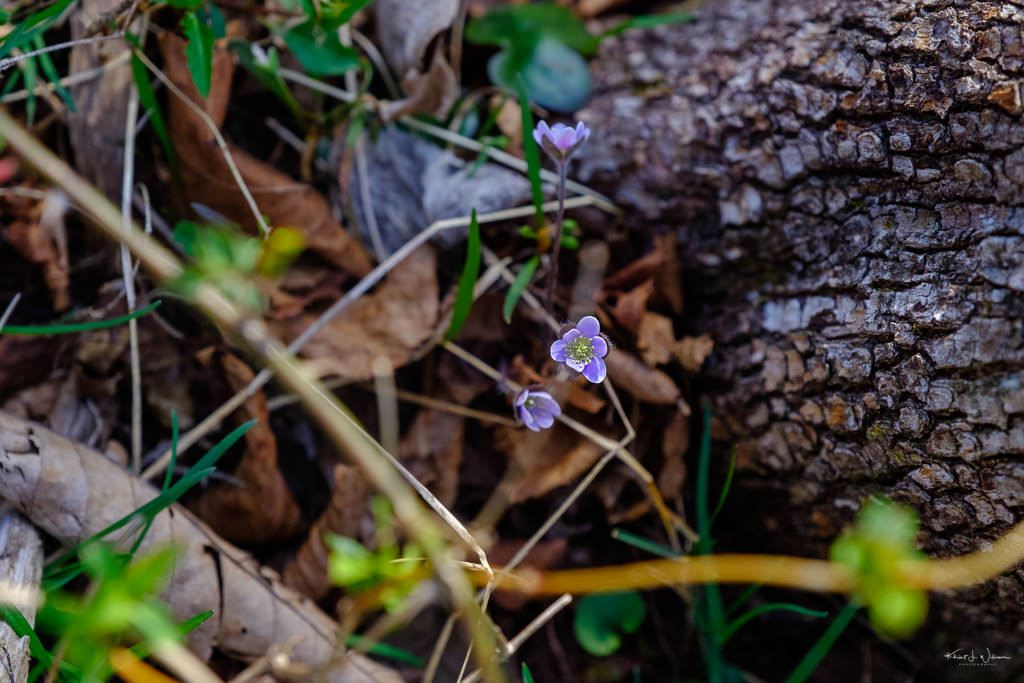
During the lockdown, while the weather permitted, Bhavna and I enjoyed a hike in the woods or a walk around our neighbourhood almost every other day. I saw my neighbours and could chat with them (from a distance). The old normal kept us all away from each other. I relish keeping the remote work and having an end of day backyard BBQs with my neighbours. Why wait for a weekend?
During the lockdown, I got up before work every day and had a proper relaxing breakfast while looking out the kitchen window and feeling the sun rising in the backyard. For the first time in 21 years, I noticed how the sunlight casts shadows in my kitchen; how the autumn light cast a golden glow on the maple trees—the old normal morning rush to get to work never allowed for that. Heck, to catch the express train, I had to wait to buy breakfast at work and eat at my desk.
The only time I used my car in 2020 was to pick up lunch at the food truck. If we had one car, we could reduce our expenses due to auto-repair and insurance. I would be able to chauffeur Bhavna to work every day. We could reduce our carbon footprint as well. Anyone of the newer hatchback EVs like the Tesla Model Y or Kia EV6 would be cheaper to run and has enough range to get us to Boston, Washington D.C., or Seneca Lake Ithaca, New York on a single charge.
During the lockdown, the workday ended between 5 and 6 PM. I could help make dinner. The old normal rush to get home at the end of a long workday meant I was either eating from the freezer or reheating dinner. And eating it by myself.
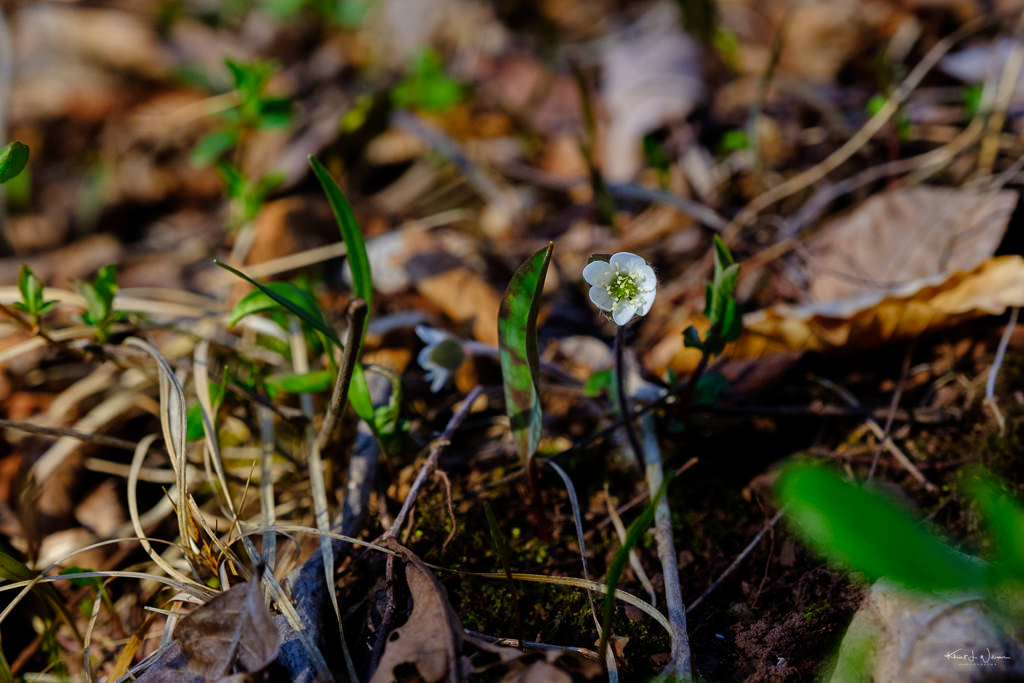
My mom shared a video recorded by a doctor from Ghana arriving in New York City and his surprise and first impressions. That got me wondering about Bequia, and soon, I was down a rabbit hole of videos showcasing the natural beauty and simpler life that I left behind over three decades ago. When I watch videos like this, I ask myself, 'Why the heck did I ever leave? How is this American life better than that one? Why am I still here?"
As I pondered a return to the “old normal” with those videos in my head, I had an epiphany. Perhaps my anguish is not just with working from home but with the entirety of my current life.
What if I could work remotely 100% of the time? Would I still live in New Jersey? What if I rented out my home in New Jersey and moved somewhere else? What if I had a home on Bequia with high-speed broadband? What if I could work remotely from Bequia and earn enough to cover living expenses and enough leftovers for savings? What if I could design a new life for me and Bhavna, one without the stress of the “hustle”?

Ultimately, this job offers is the only one I have received since my contract ended in December. We are rapidly burning through all the extra money we save by doing nothing in 2020. Part of me is panicked that we could be dipping into retirement savings if I pass on this opportunity. Then what? And if I take the job, then I'll be back to slogging two hours to New York City.
I was not too fond of the old normal, and I don’t want to return to it. I asked for three days to consider the offer. I need to give them an answer today.
